Author: concertmediaag
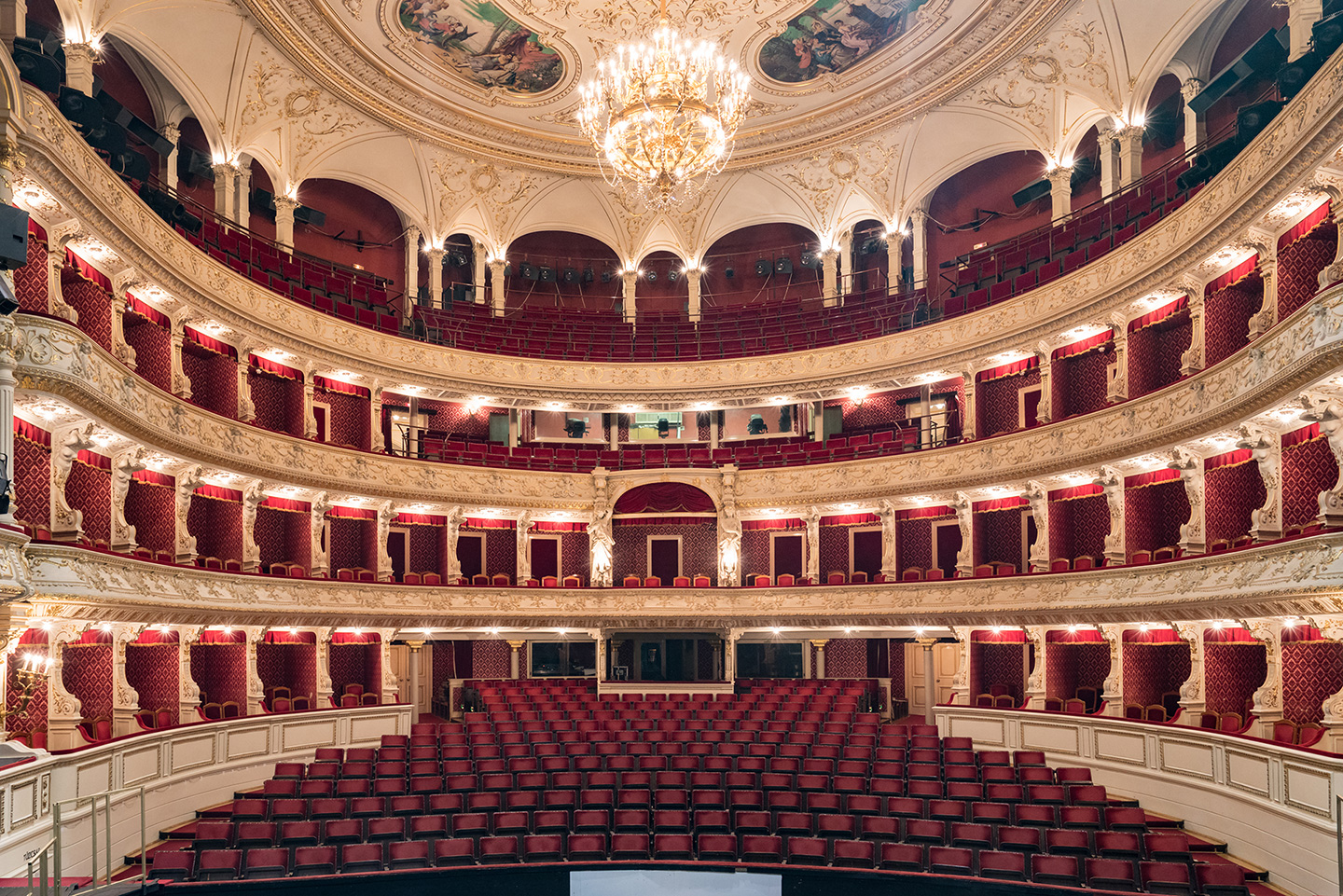
Final

Second round

Maksim Betekhtin
📍Russia
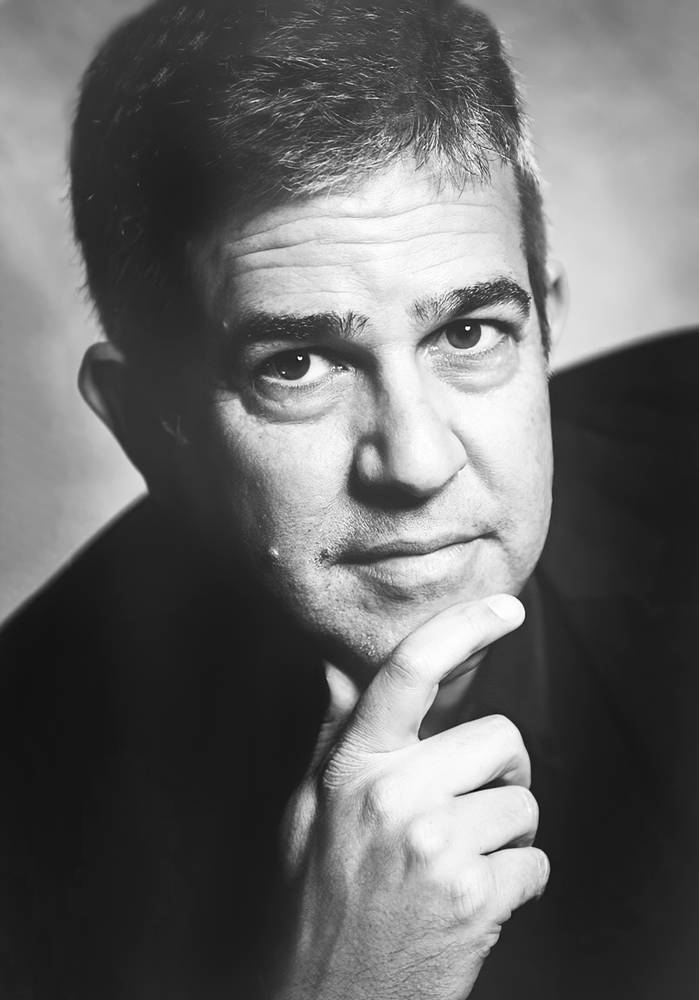
Eyal Ein-Habar
📍Germany
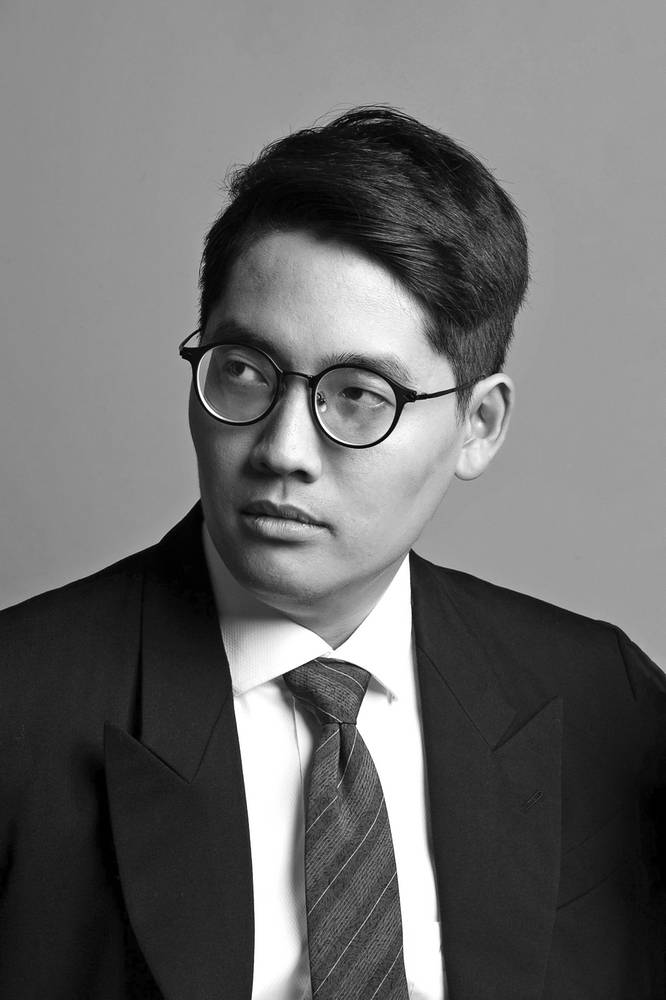
Sơn Nguyễn
📍Germany

Félix Ardanaz
📍Spain
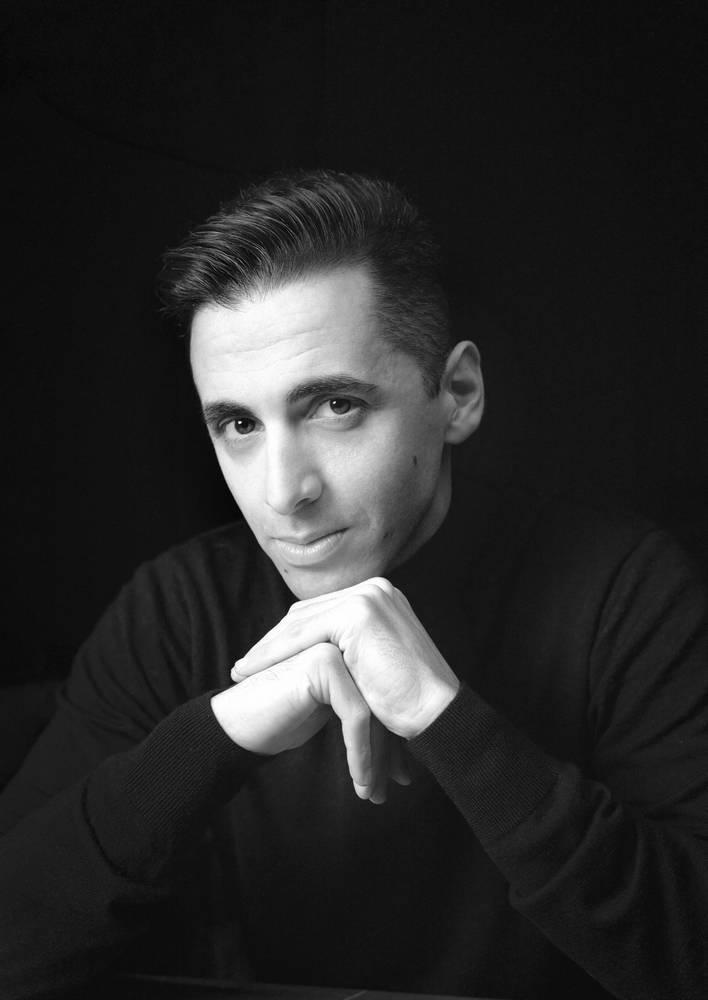
Ferdinando Sulla
📍Italy
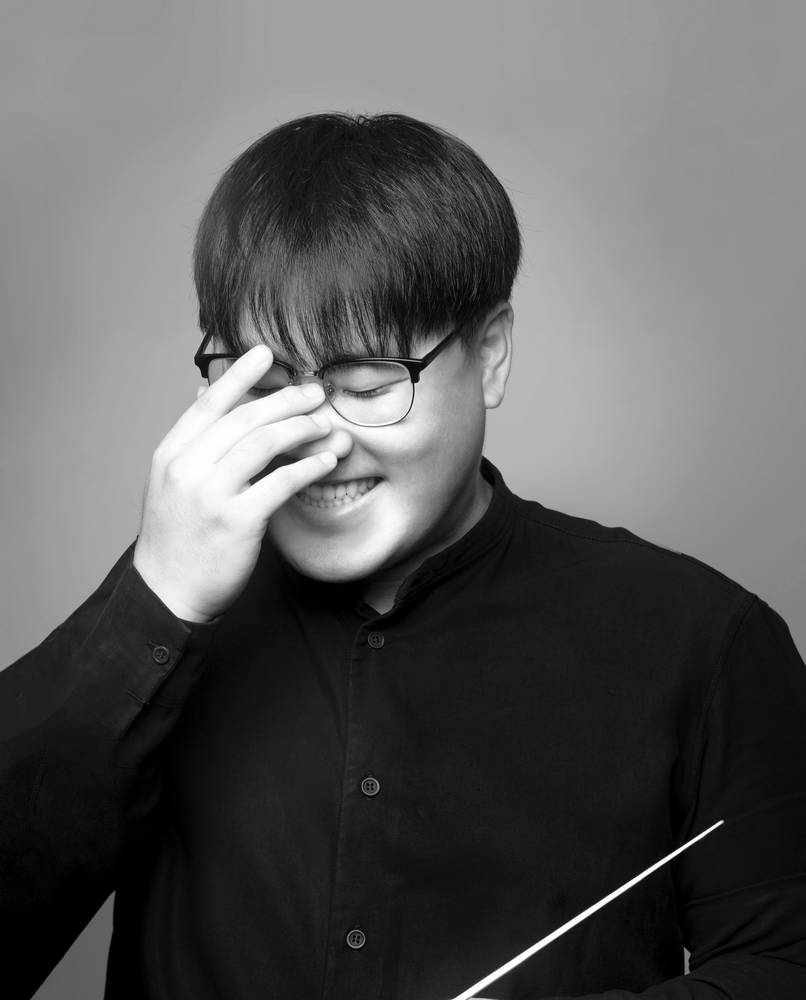
Hyunsik Shin
📍Germany
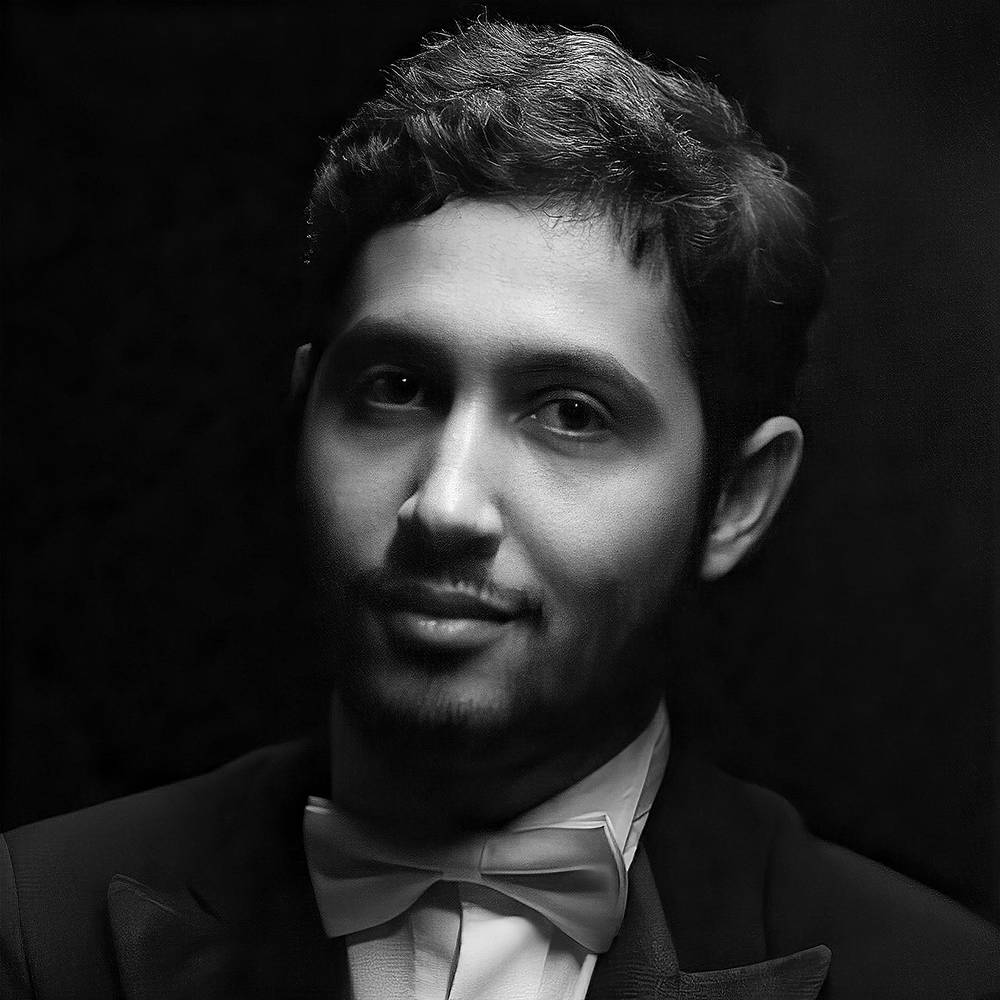
Iliya Reibarkh
📍Israel

Aleksei Mikhailenko
📍Austria

Ligia Amadio
📍Brazil
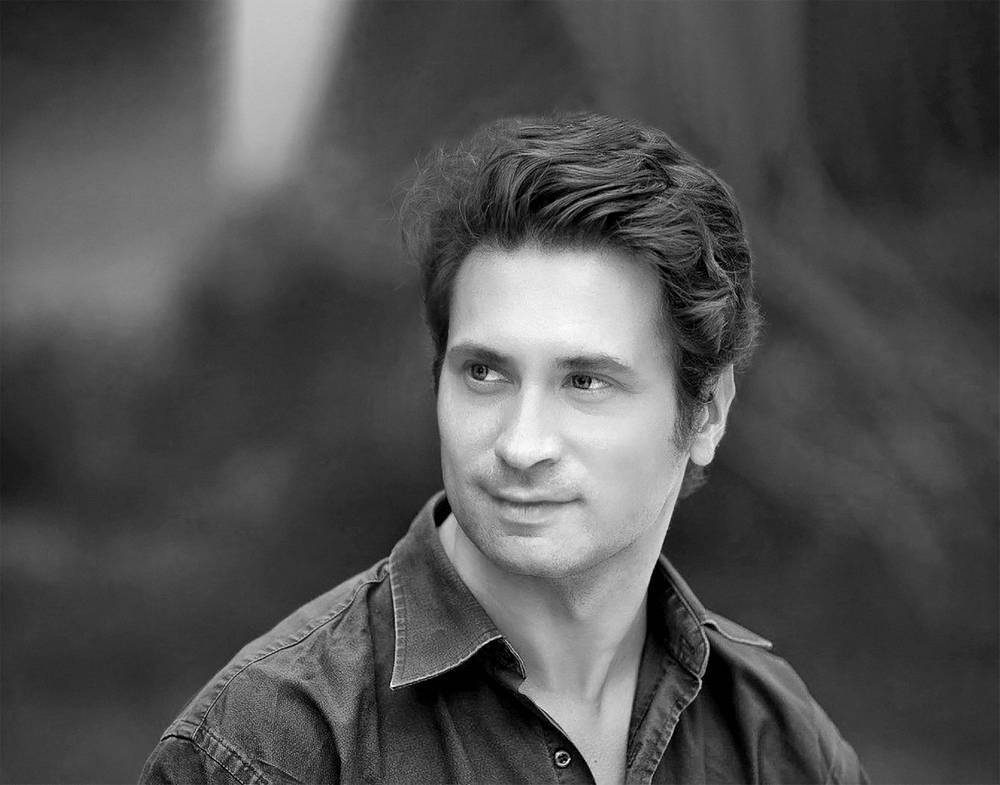
Misha Shekhtman
📍United Kingdom

Vivian (Wing Wun) Ip
📍Hong Kong

Alfred Wachs
📍Austria

Roberto Ramos
📍Brazil
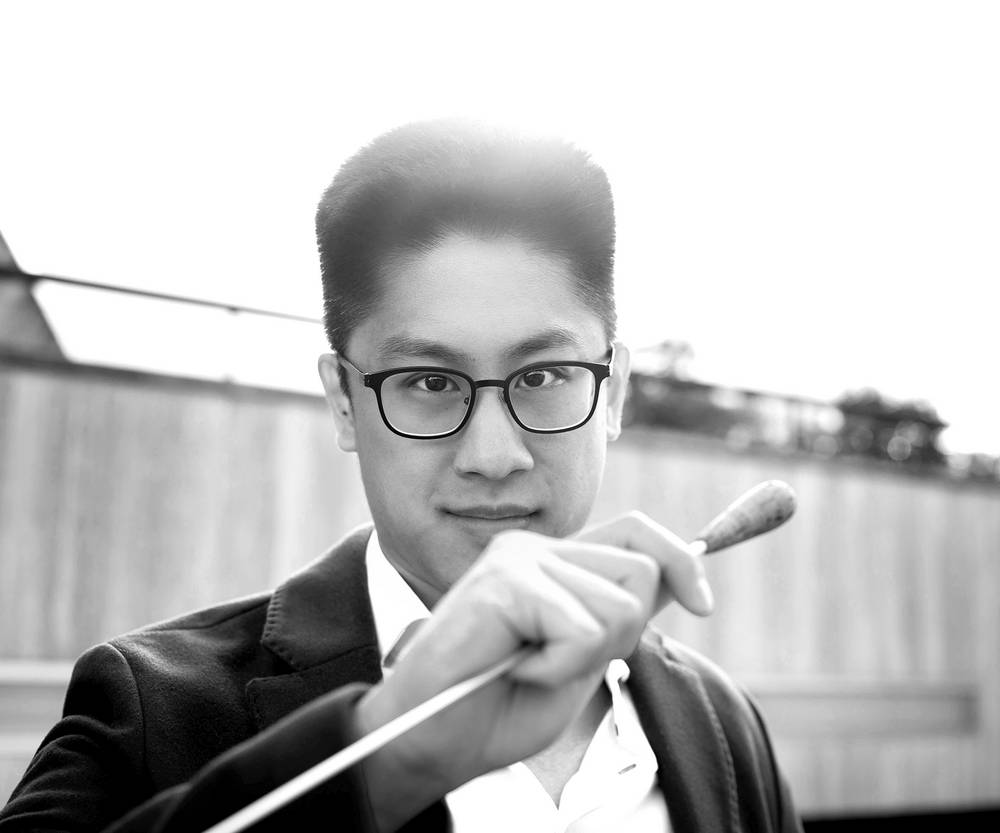
David Bui
📍Canada

Nicolò Azzena
📍Italy
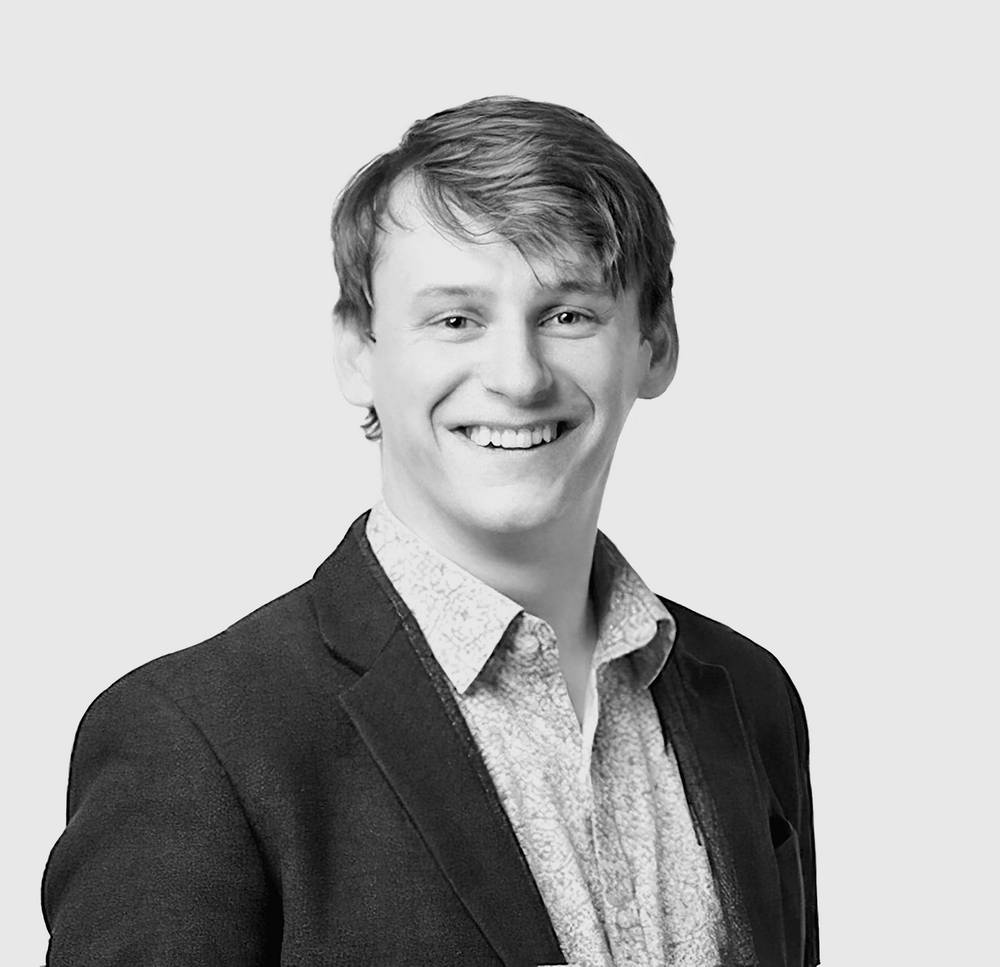
Derrick Morgan
📍United Kingdom
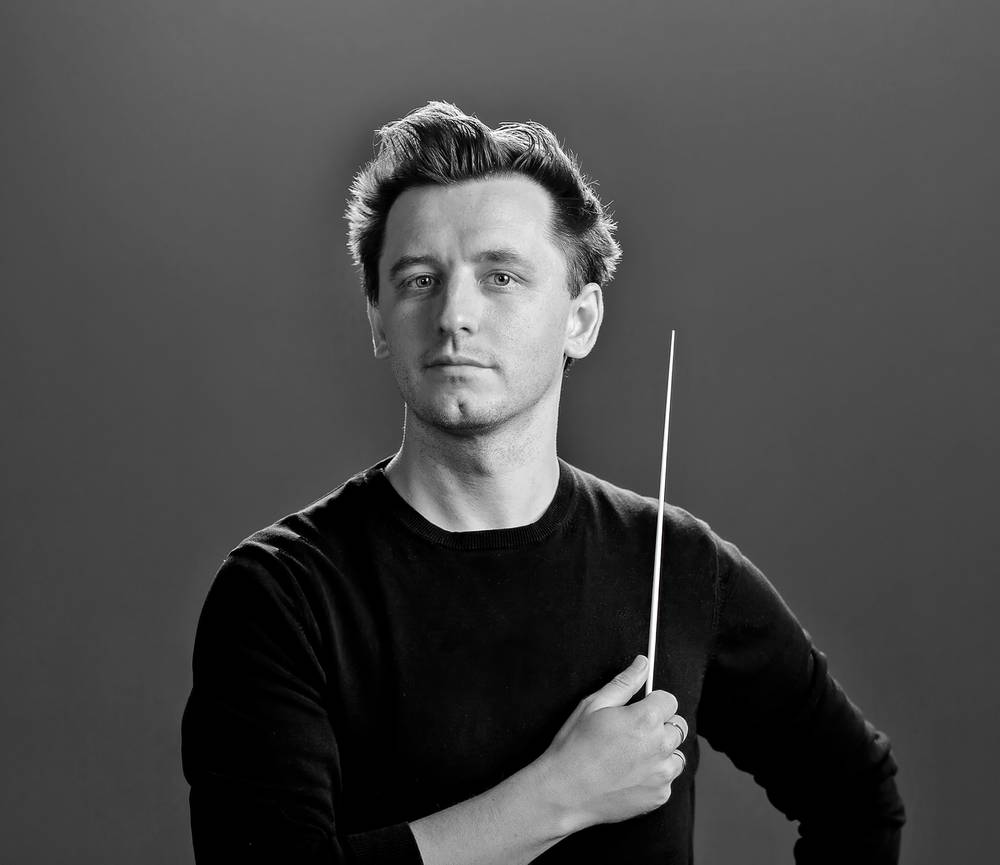
Sergey Akimov
📍United States
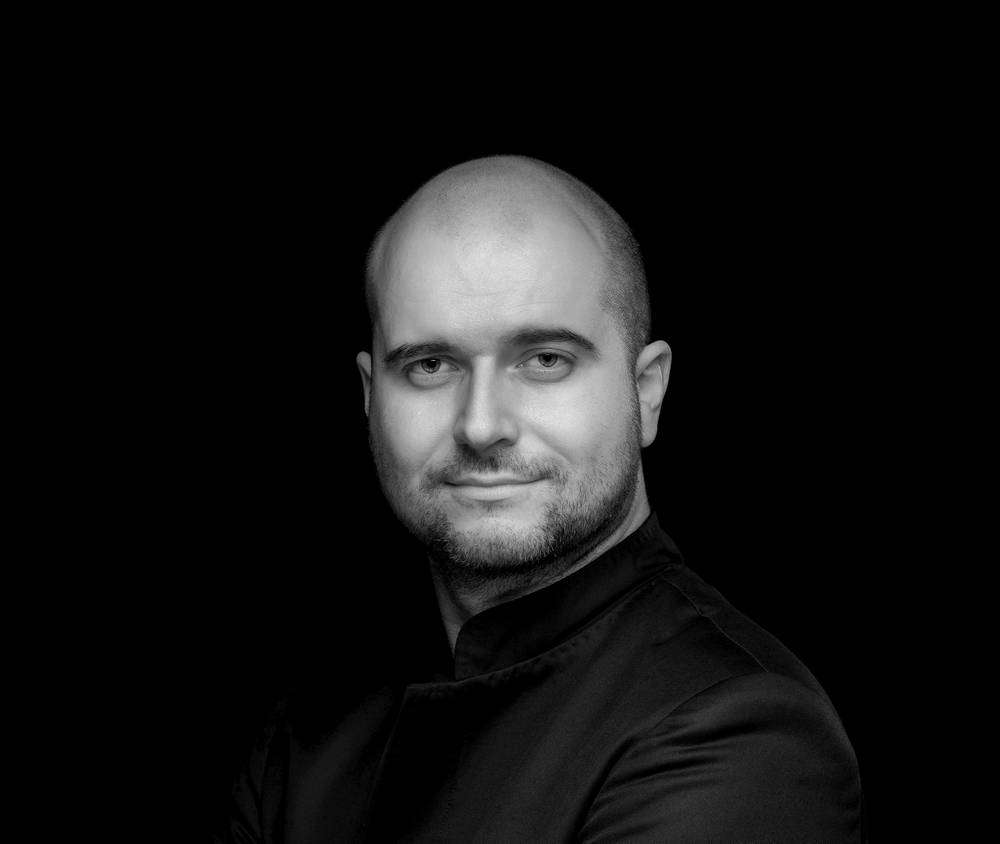
Adam Sedlický
📍Slovakia
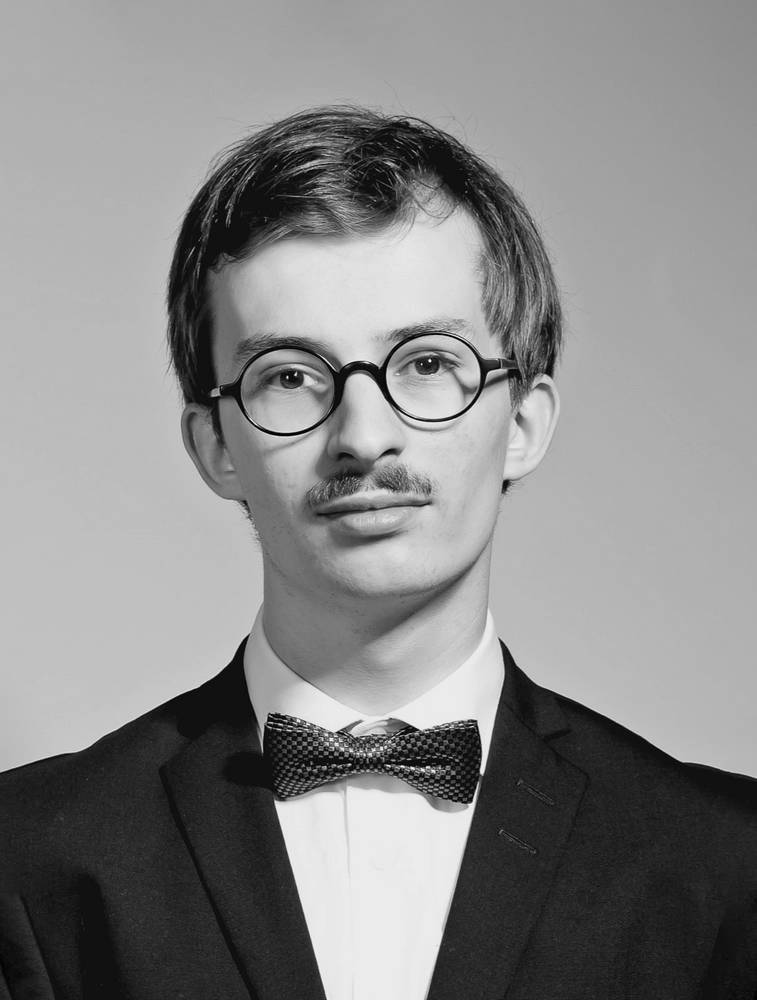
Sidney Scho
📍Luxembourg

Contestants
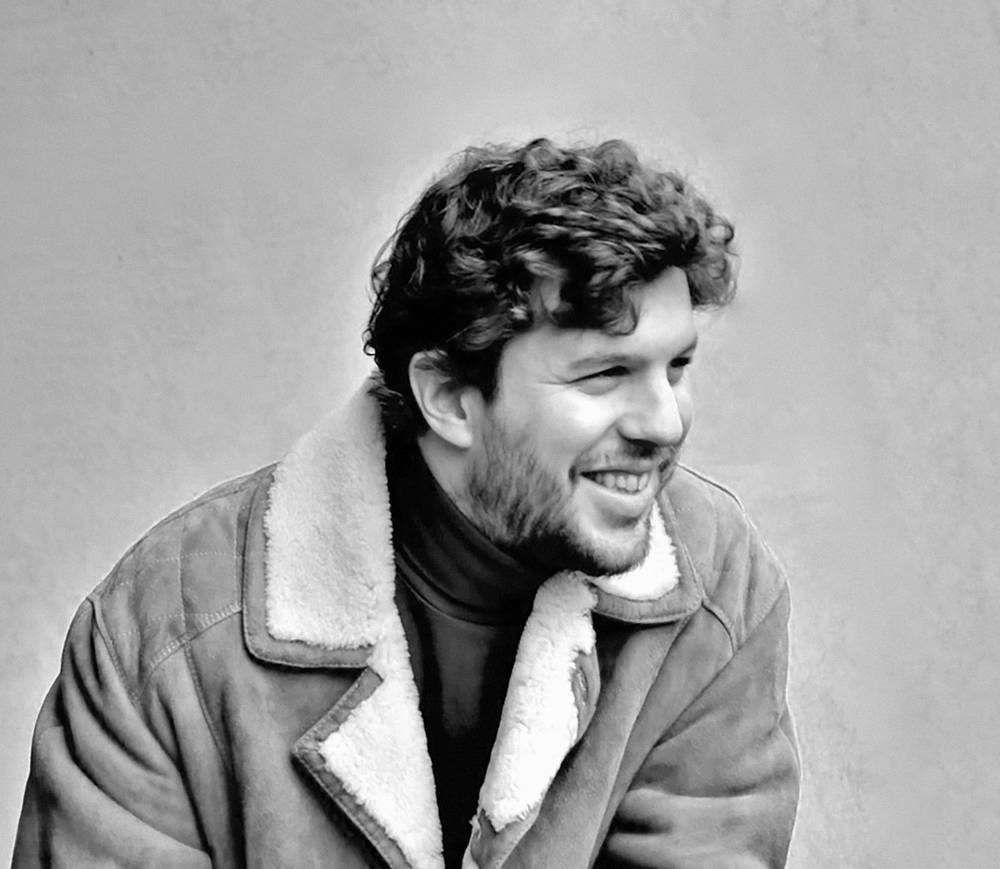
Davide Catina
📍Netherlands

Vadim Prikladovsky
📍Russia

Nicolò Azzena
📍Italy
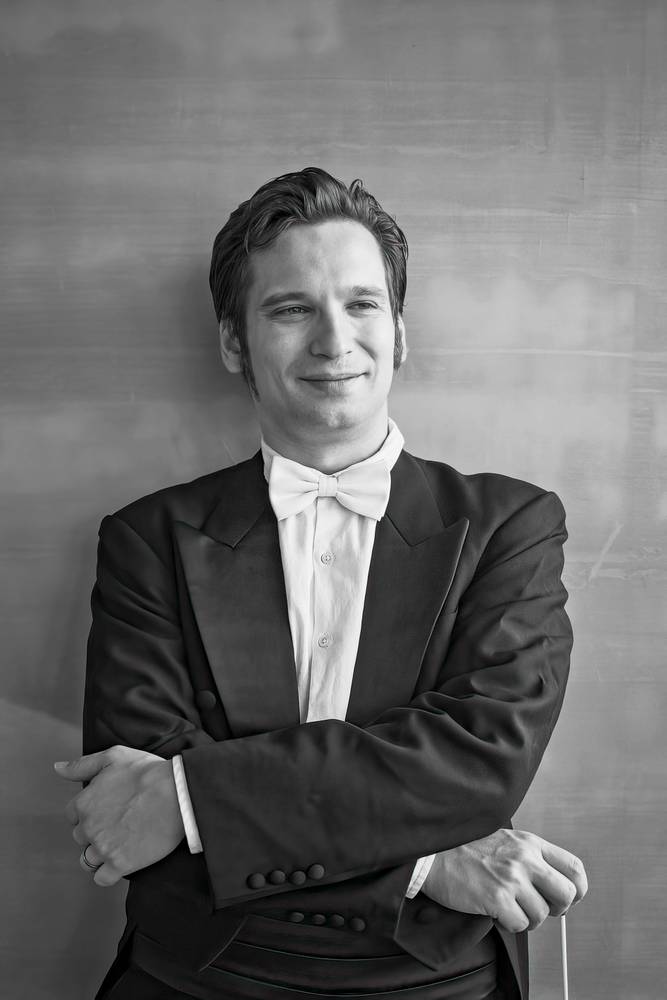
Taras Demchyshyn
📍Ukraine

Sidney Scho
📍Luxembourg
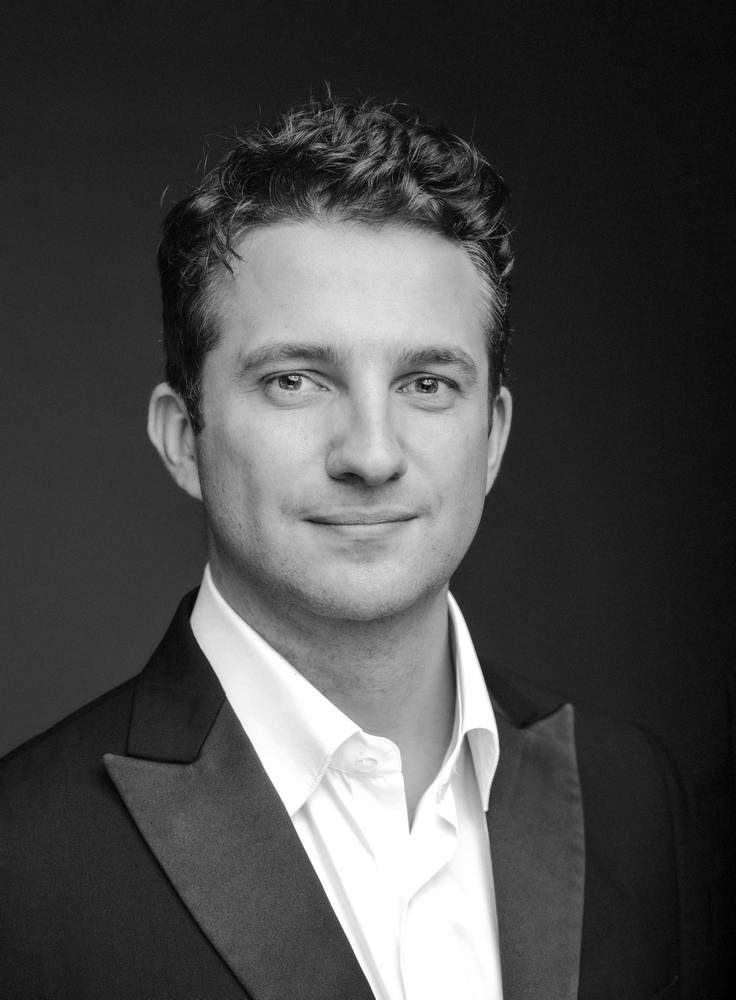
James Henshaw
📍Germany
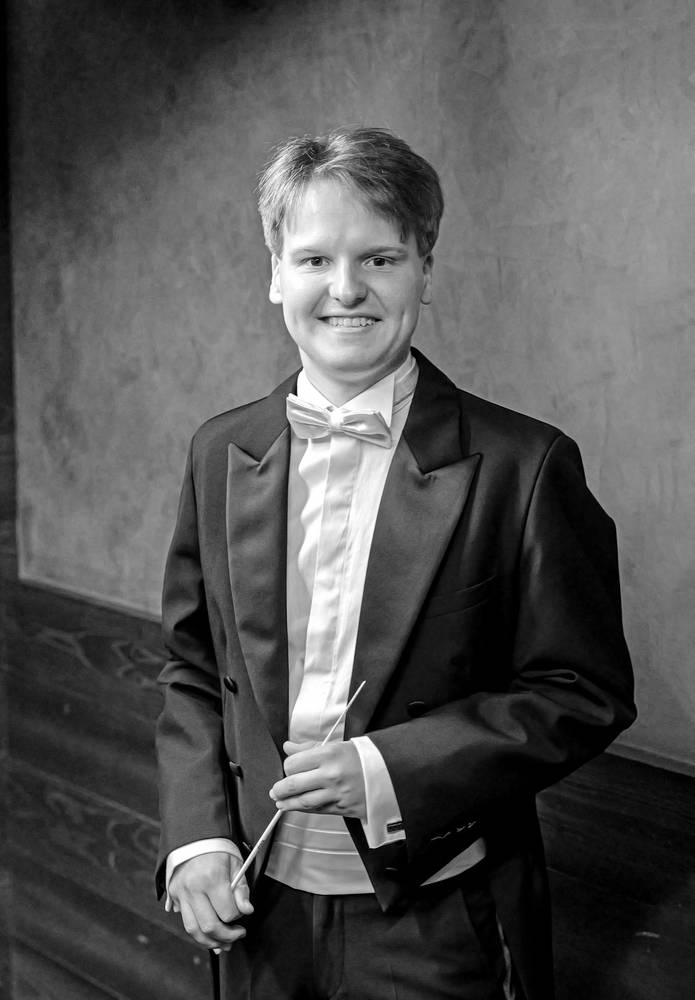
Krisztián Safarek
📍Hungary
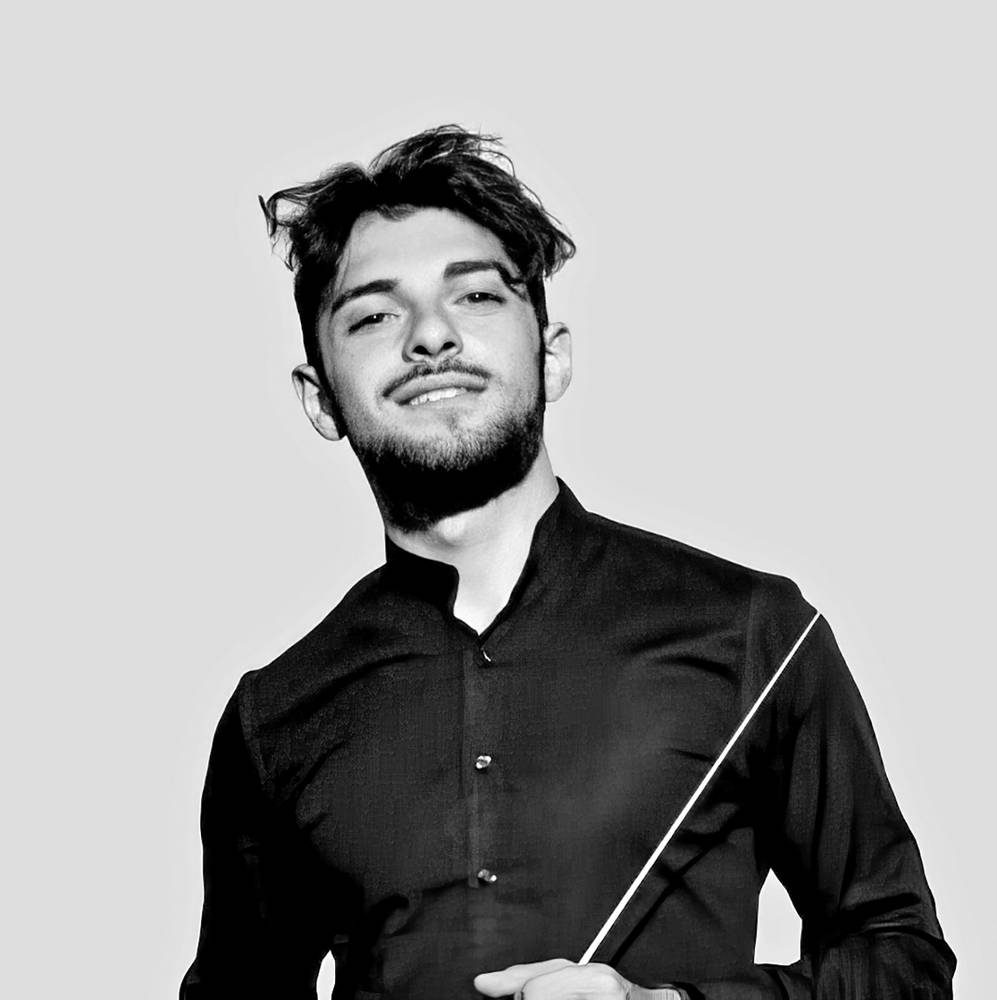
Raimondo Capizzi
📍Italy

Javier Huerta Gimeno
📍Spain

Eyal Ein-Habar
📍Germany

Youngtae Park
📍Germany

Jiang Tian
📍China

Sơn Nguyễn
📍Germany

Csaba Matyas Grünfelder
📍Germany
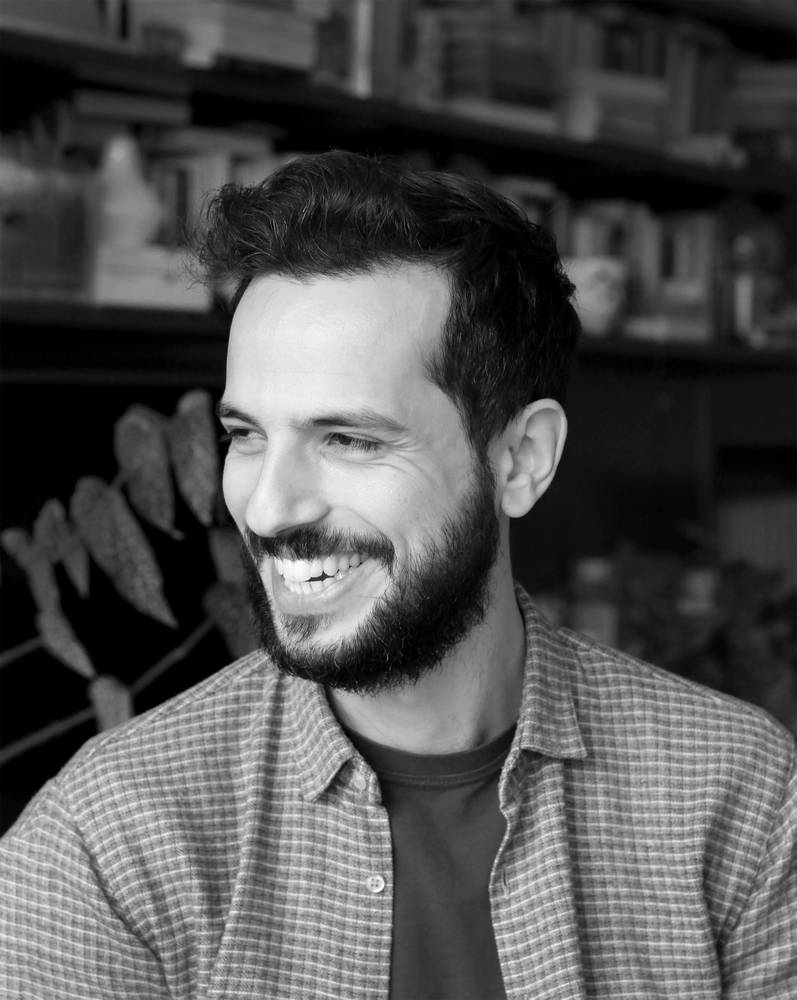
Bernardo Lo Sterzo
📍Italy
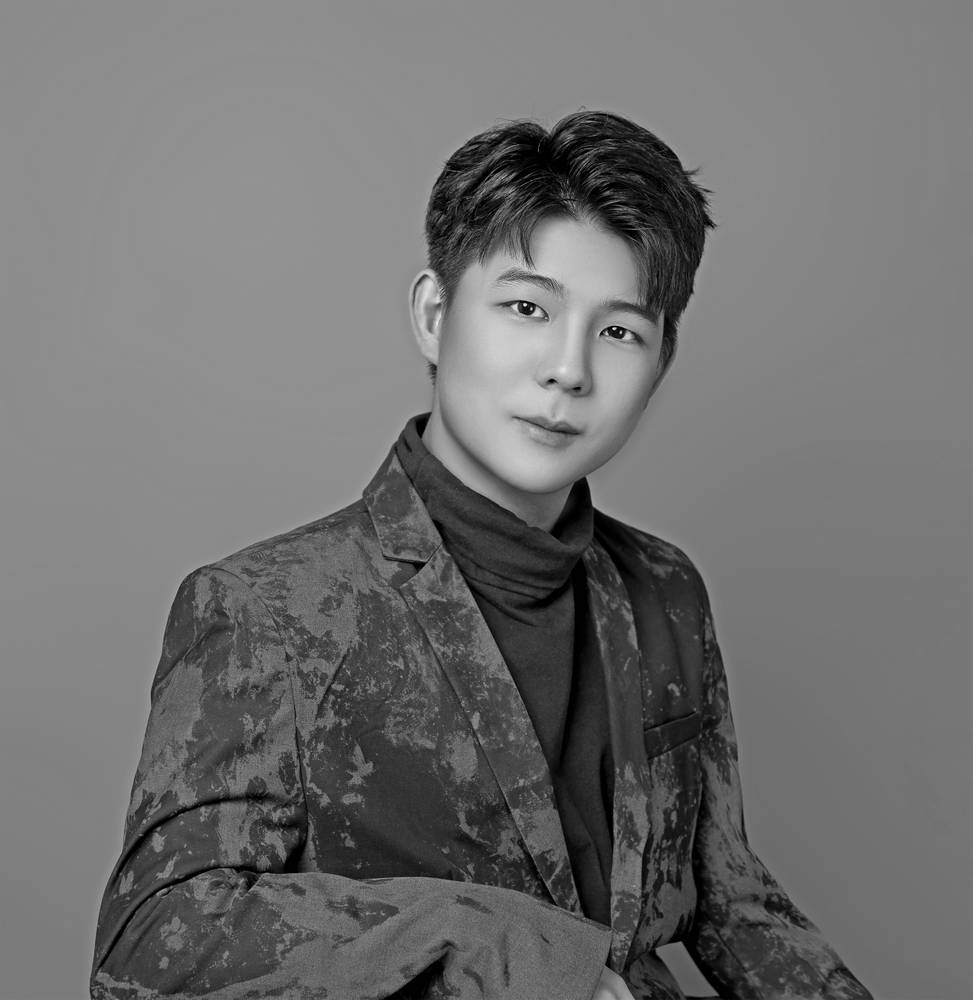
Shanghao Yang
📍China
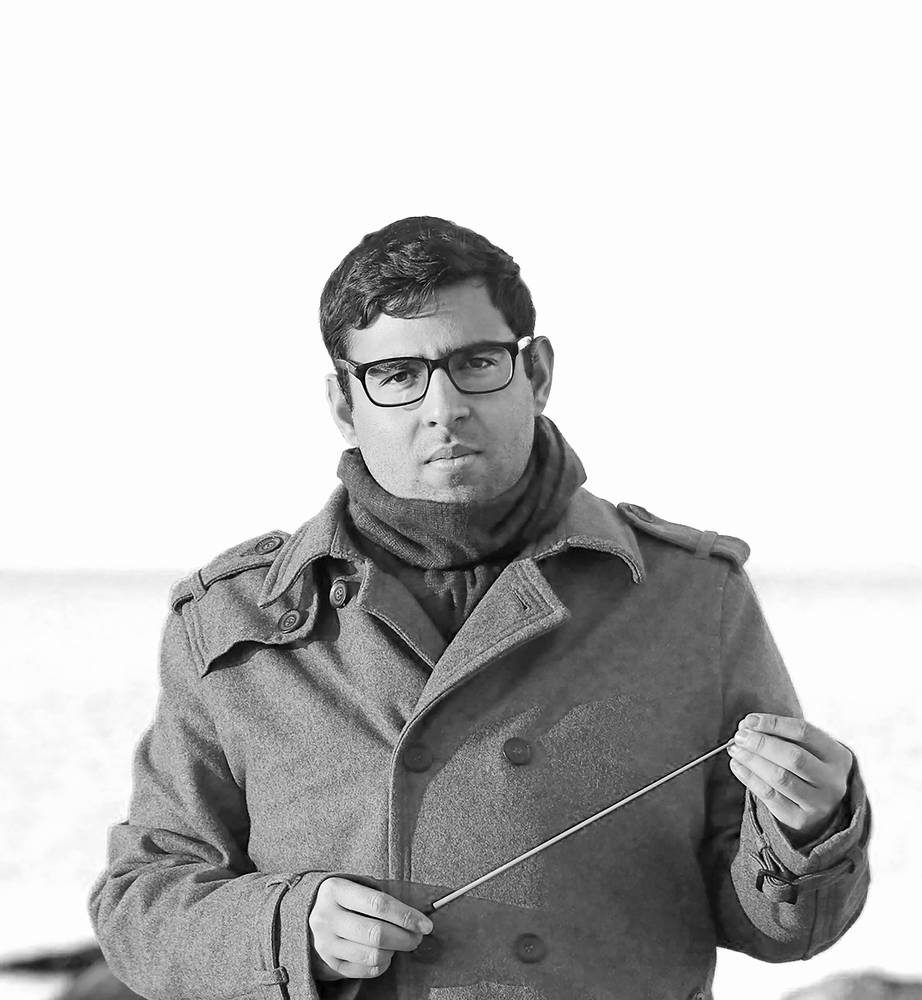
Eladio Barreto Aguilar
📍Estonia
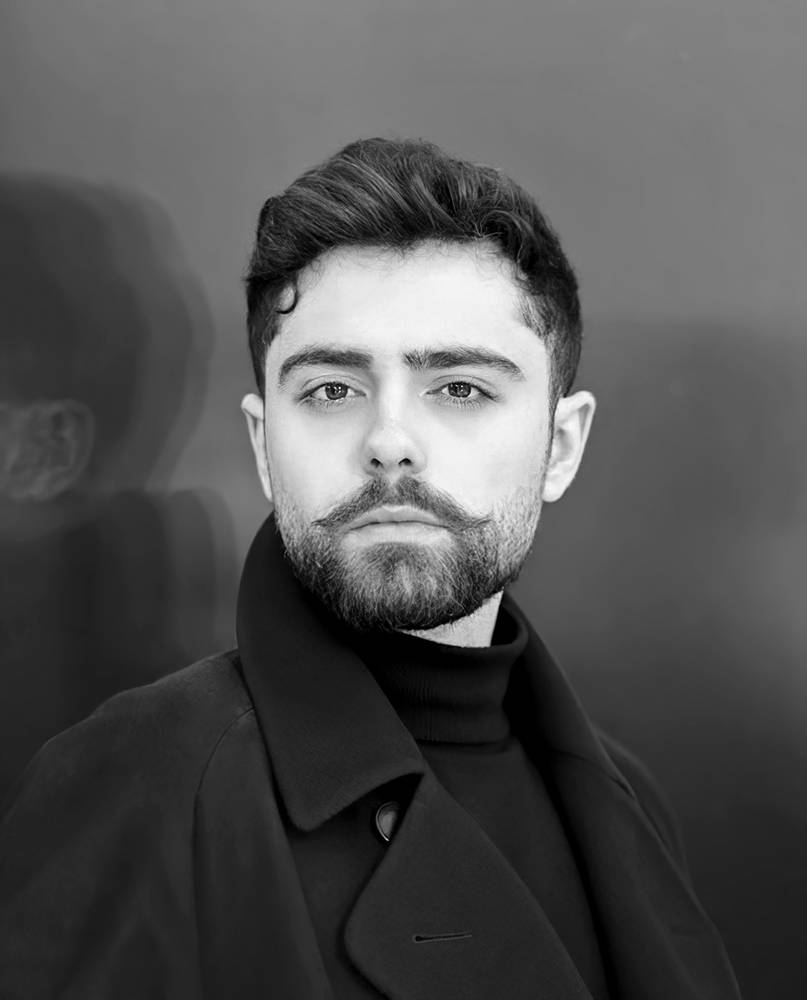
Victor Petrov
📍Germany
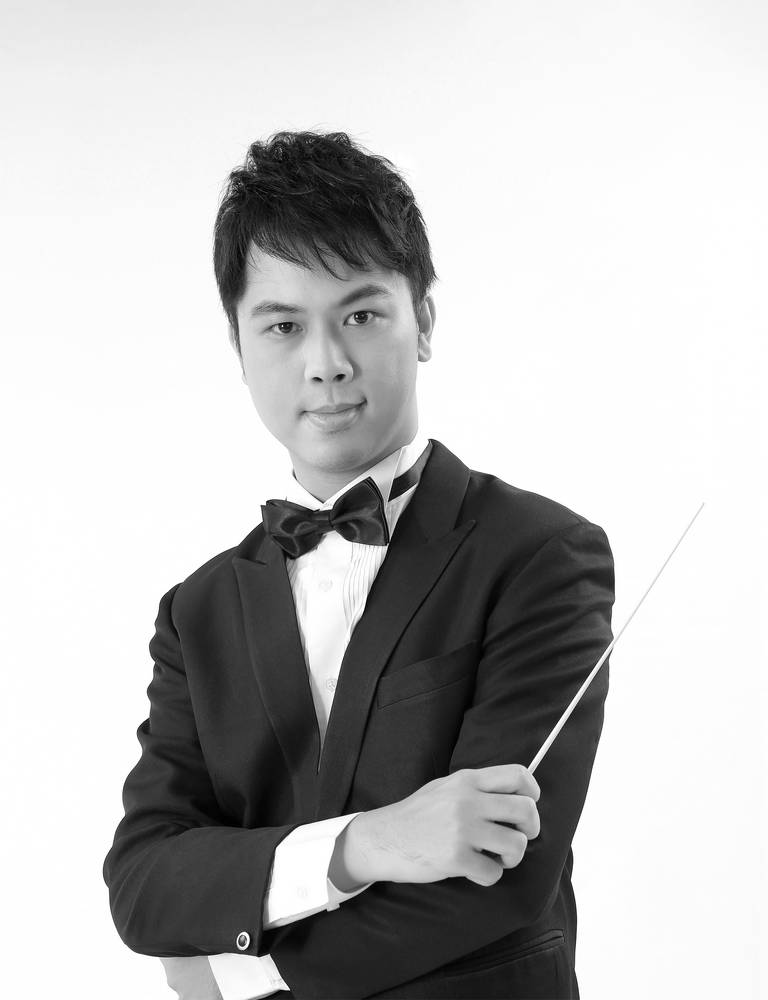
Hsin Yuan Fang
📍Taiwan
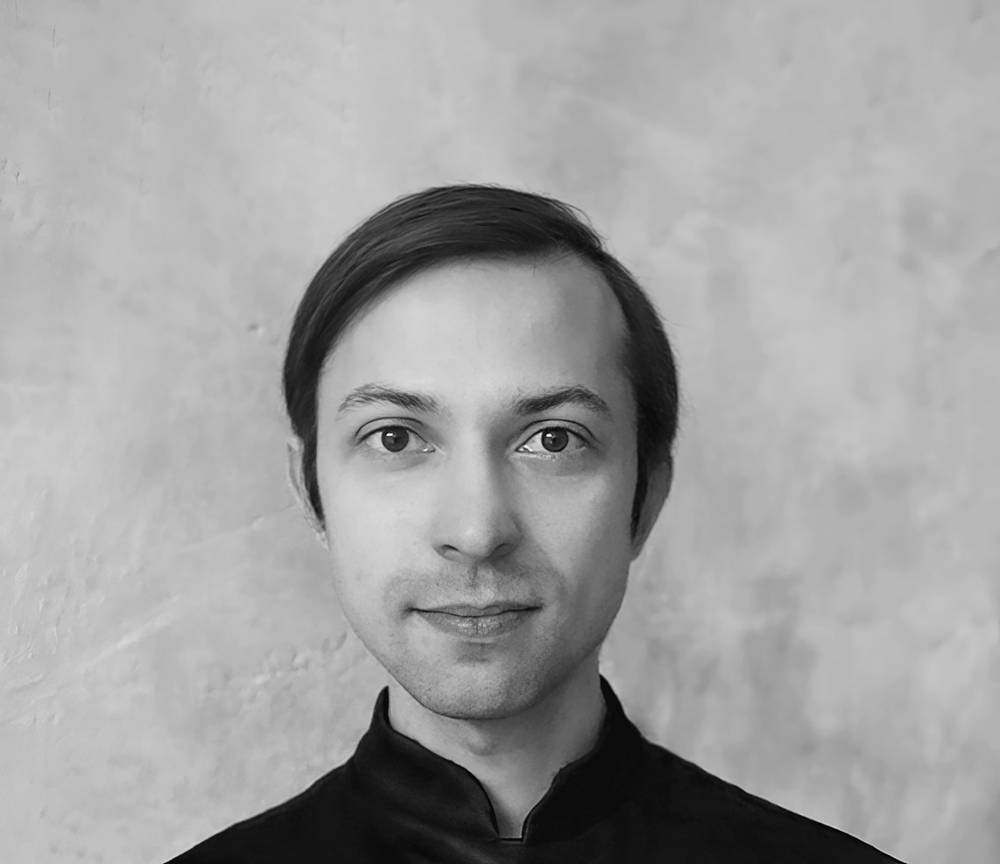
Victor Murashev
📍Netherlands
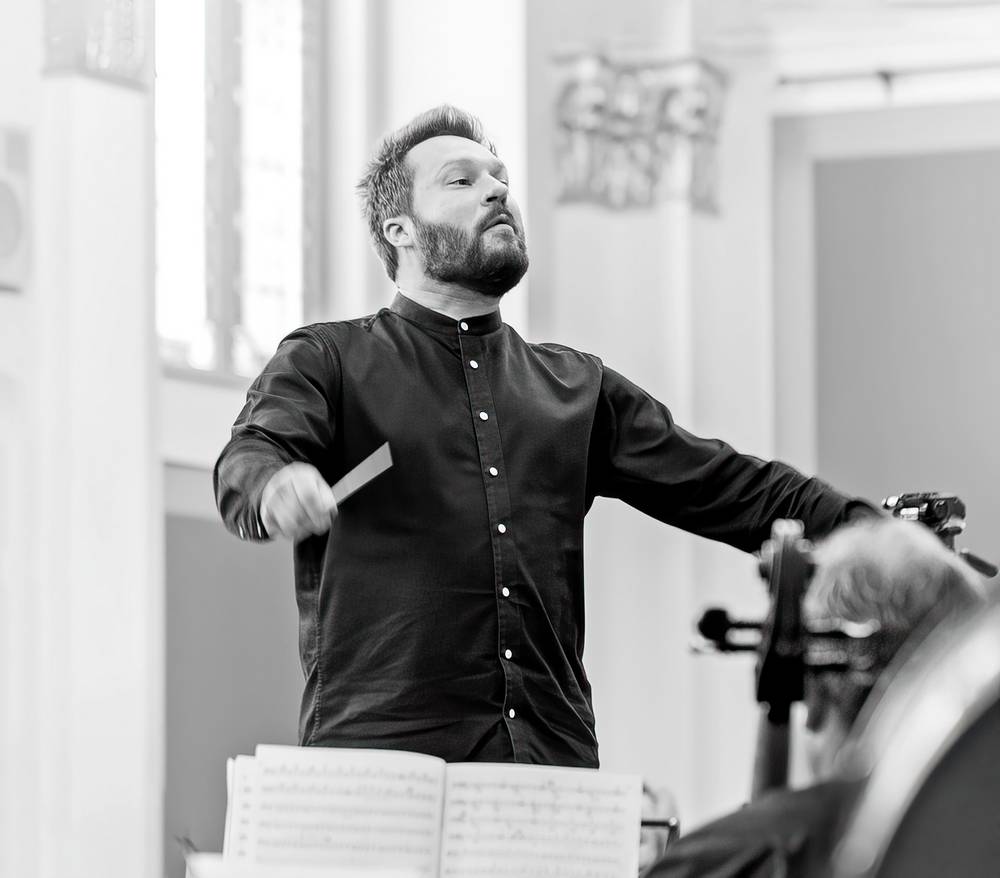
Kamil Parcheta
📍Poland
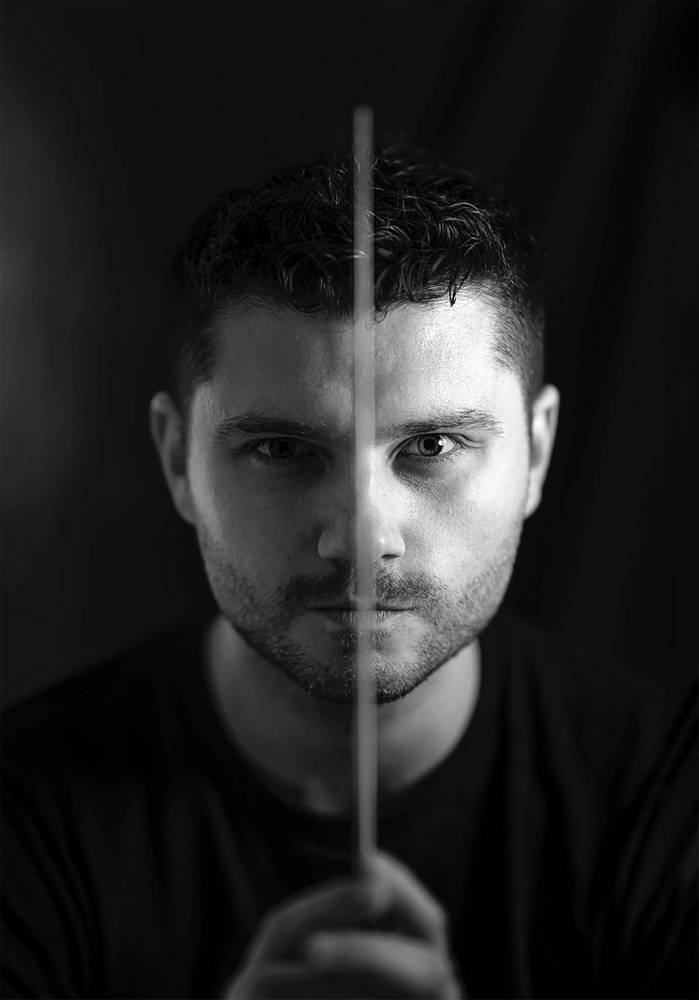
William Birkbeck
📍United Kingdom
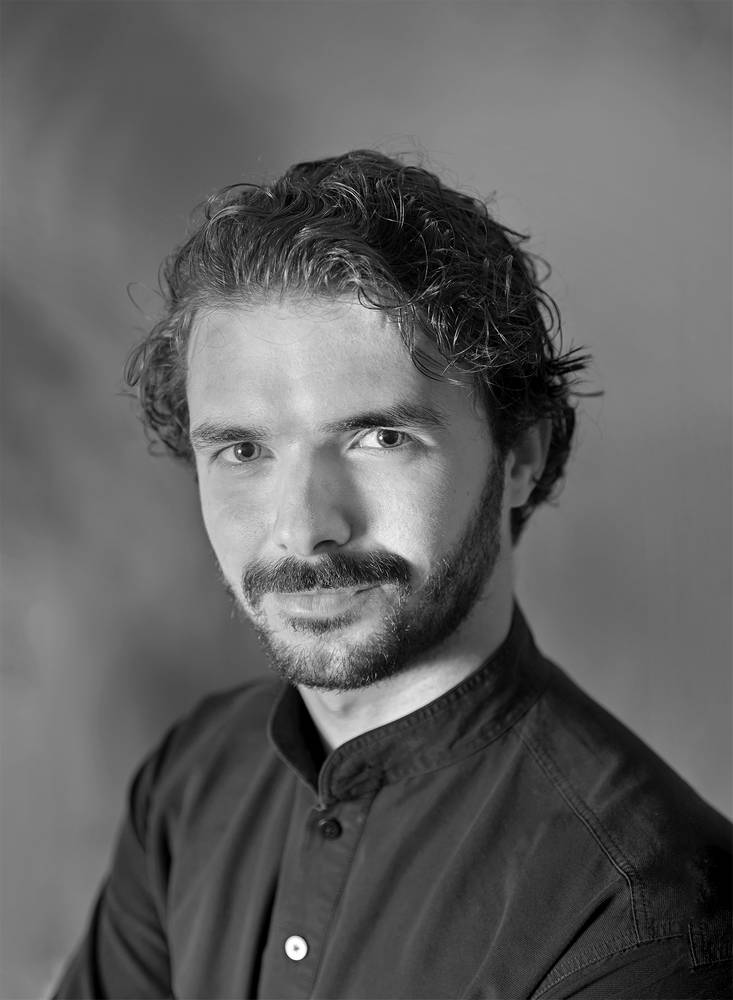
Joshua Karl Bernhard Franken
📍Germany

Shengwen Zheng
📍Japan
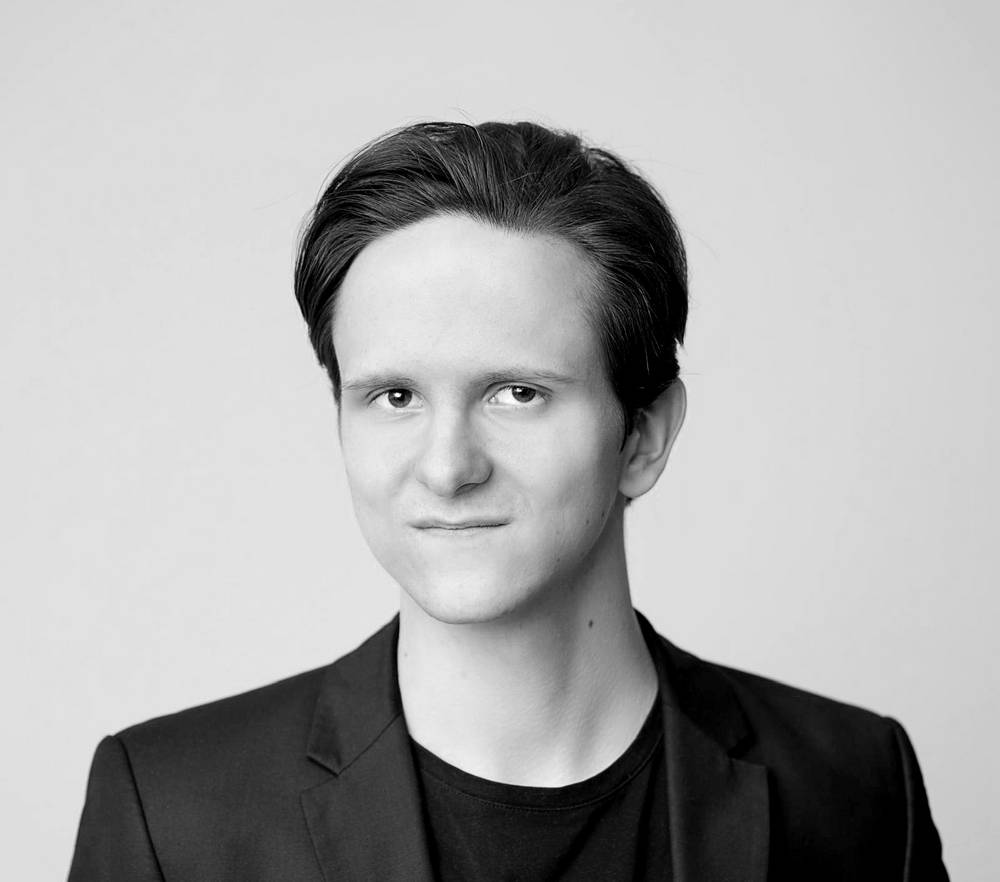
Gregor Böttcher
📍Austria

Vivian (Wing Wun) Ip
📍Hong Kong
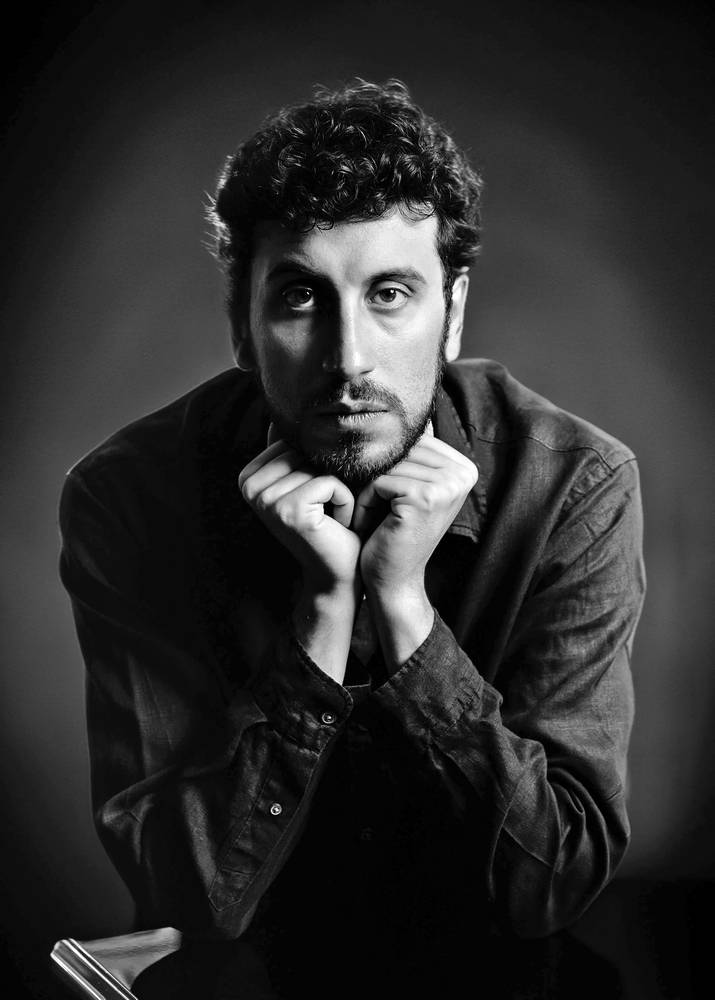
Luca Gliozzi
📍United Kingdom
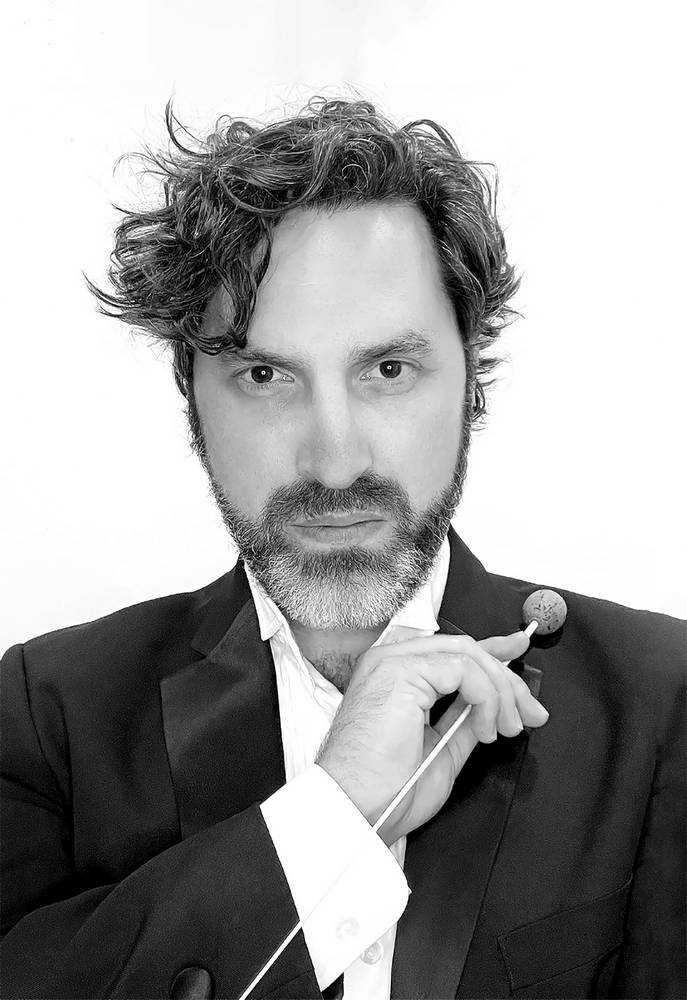
Russell Ger
📍United States

Temur Kvitelashvili, Jr.
📍Georgia
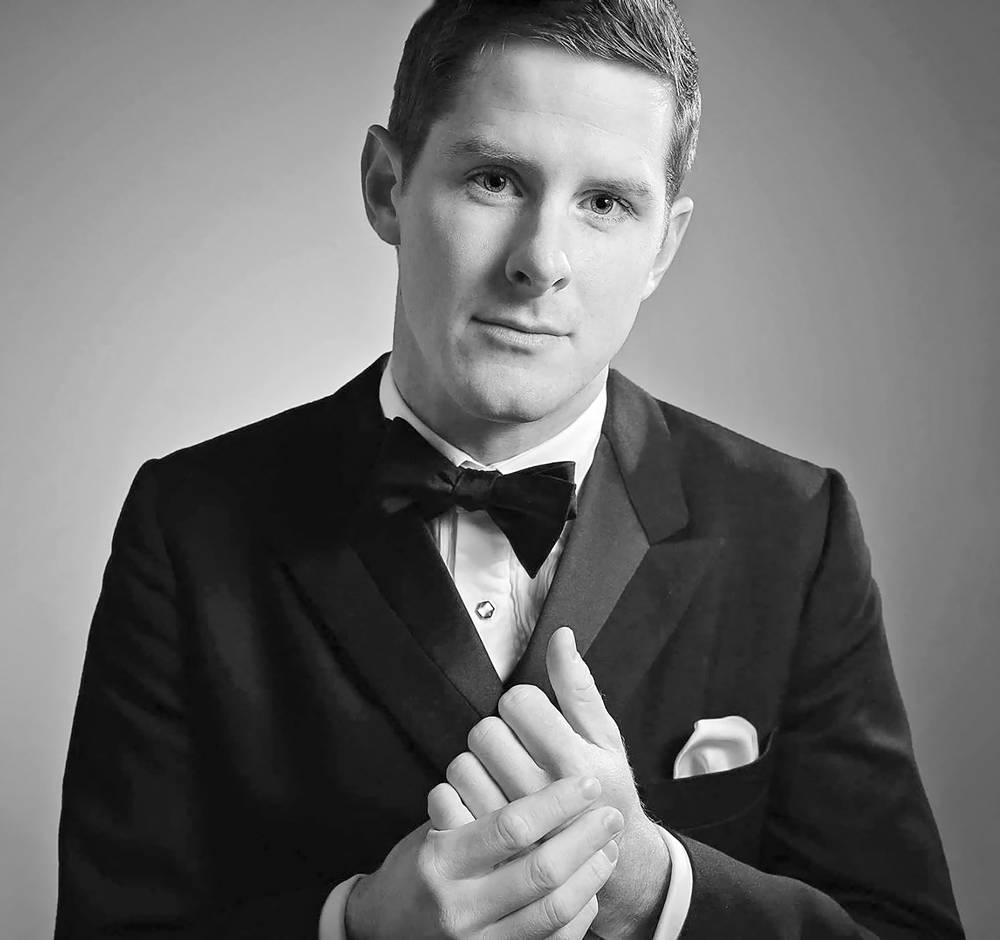
Johannes Löhner
📍Germany
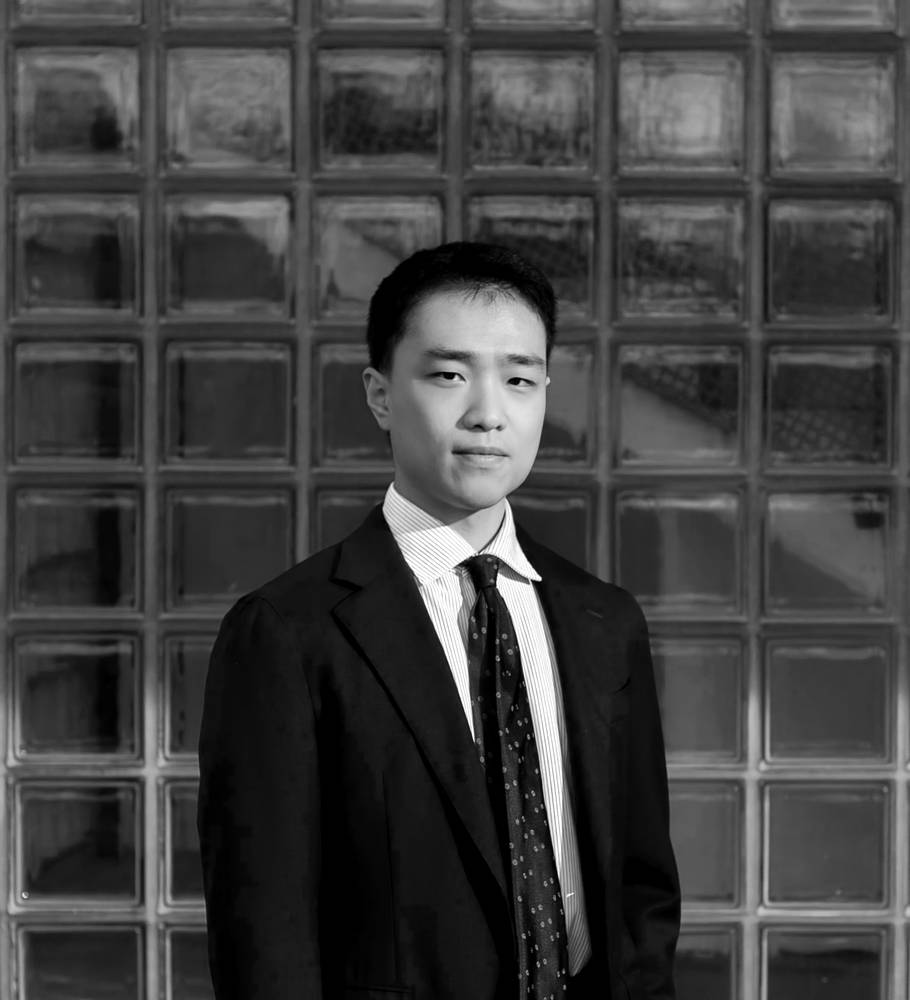
Fanye Yuan
📍Estonia
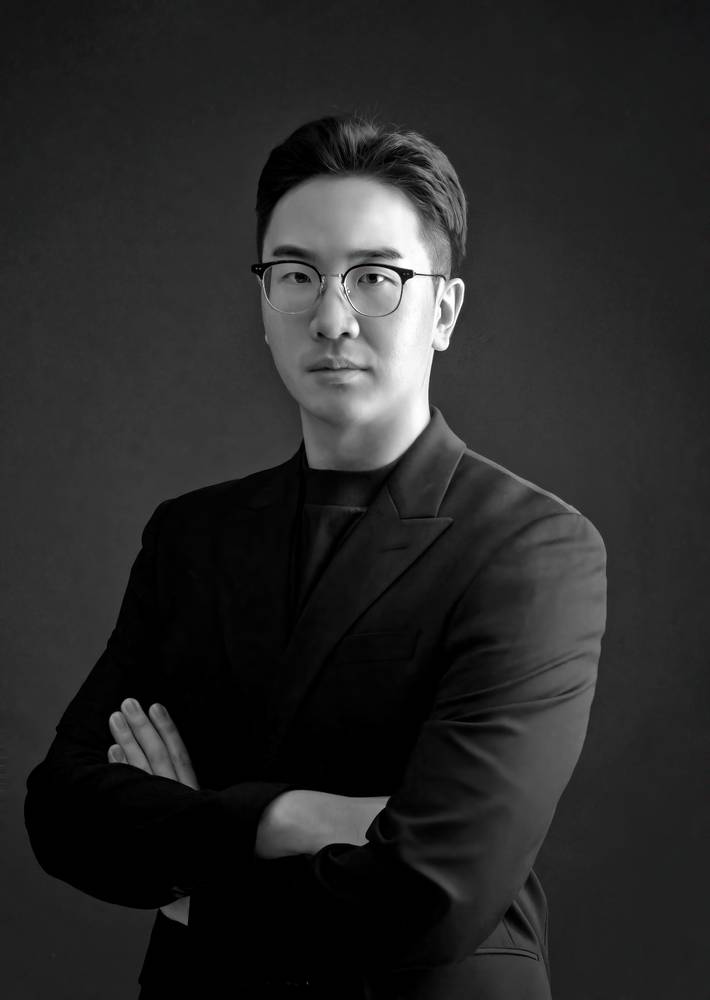
San Kim
📍South Korea
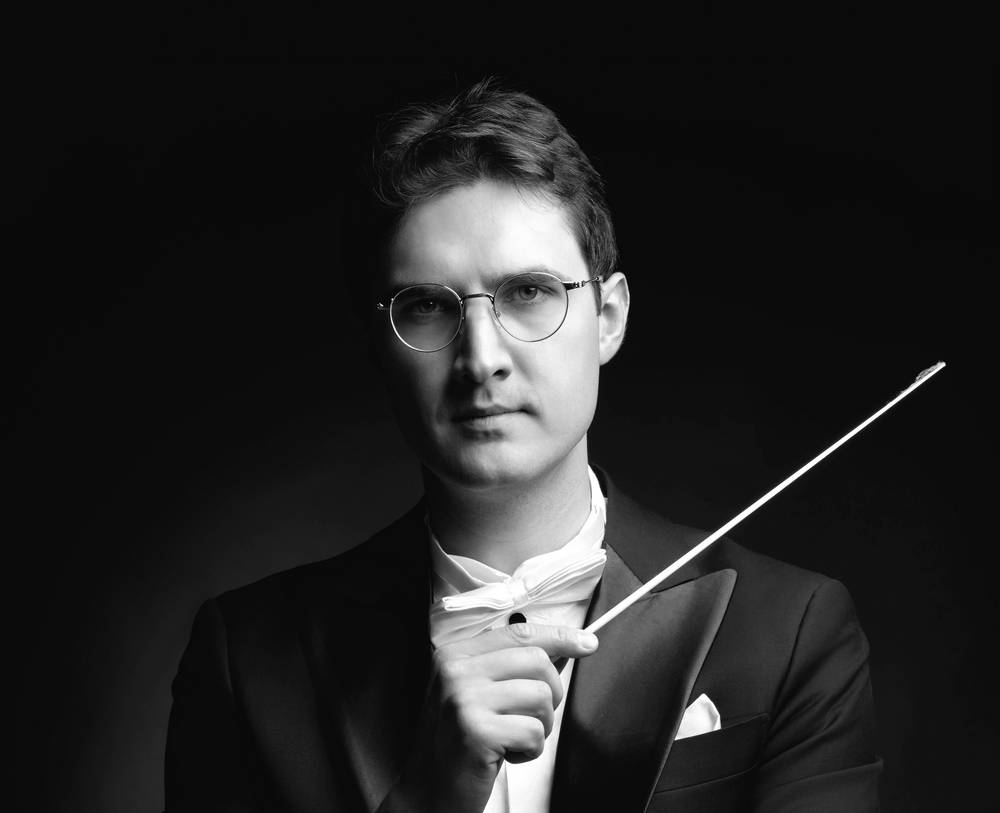
Atay Bağcı
📍Turkey

David Bui
📍Canada
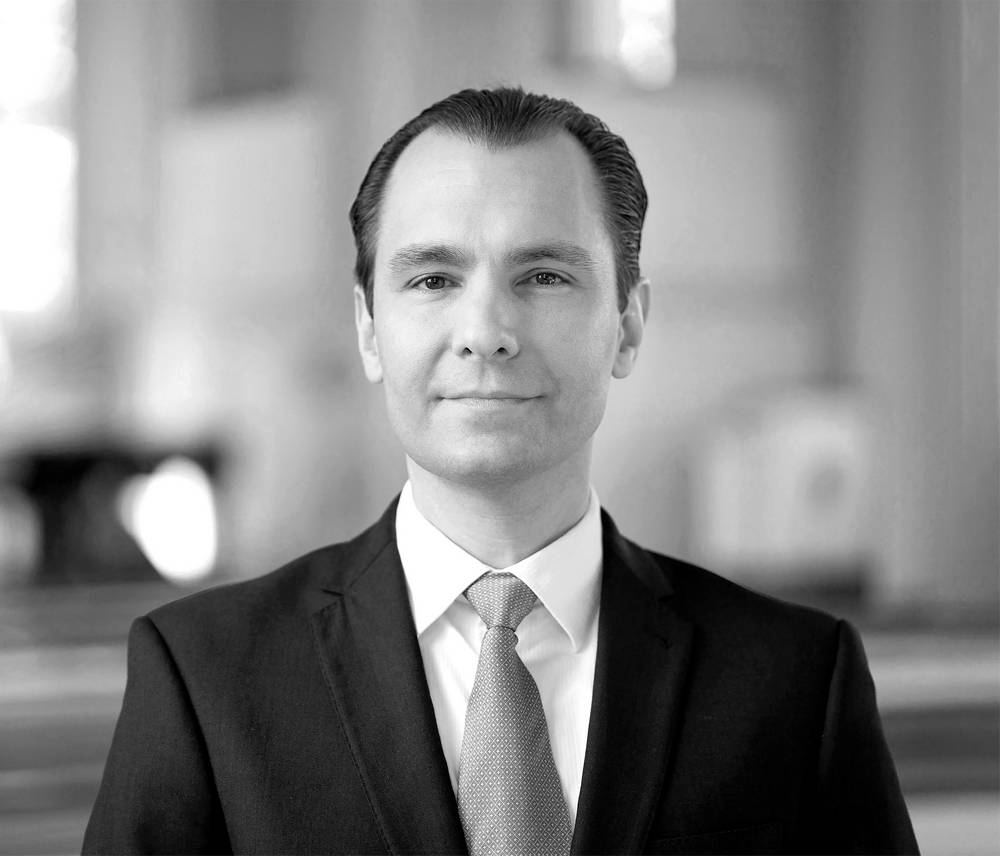
Andrew Koehler
📍United States

Masafumi Odate
📍Japan

Nicola Valentini
📍Italy
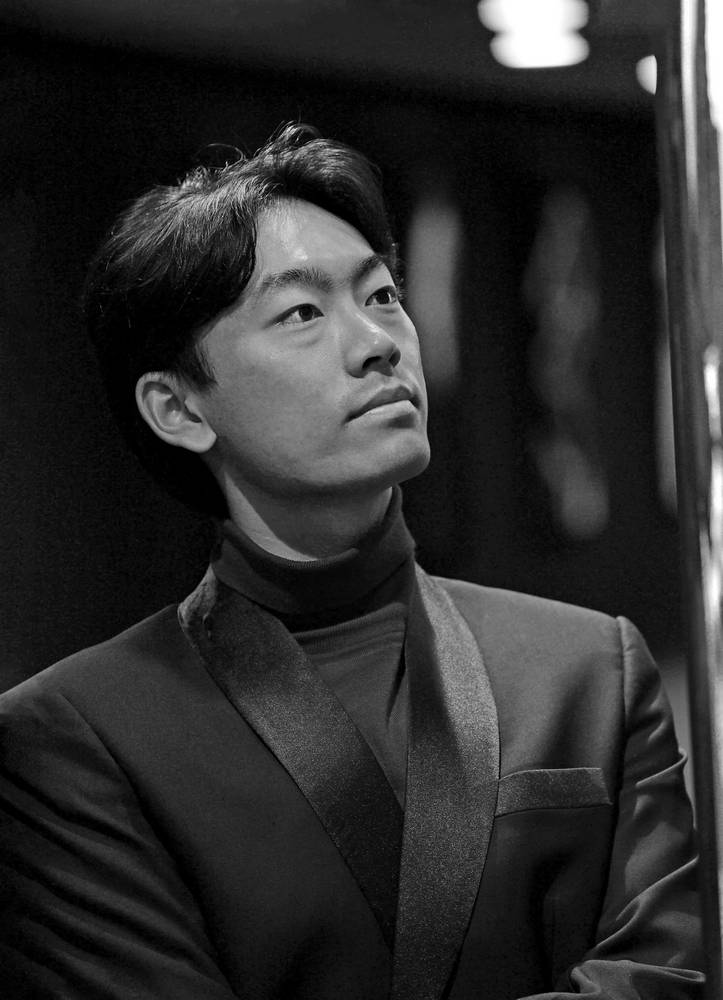
Tuyouyou Wang
📍China

Alfred Wachs
📍Austria
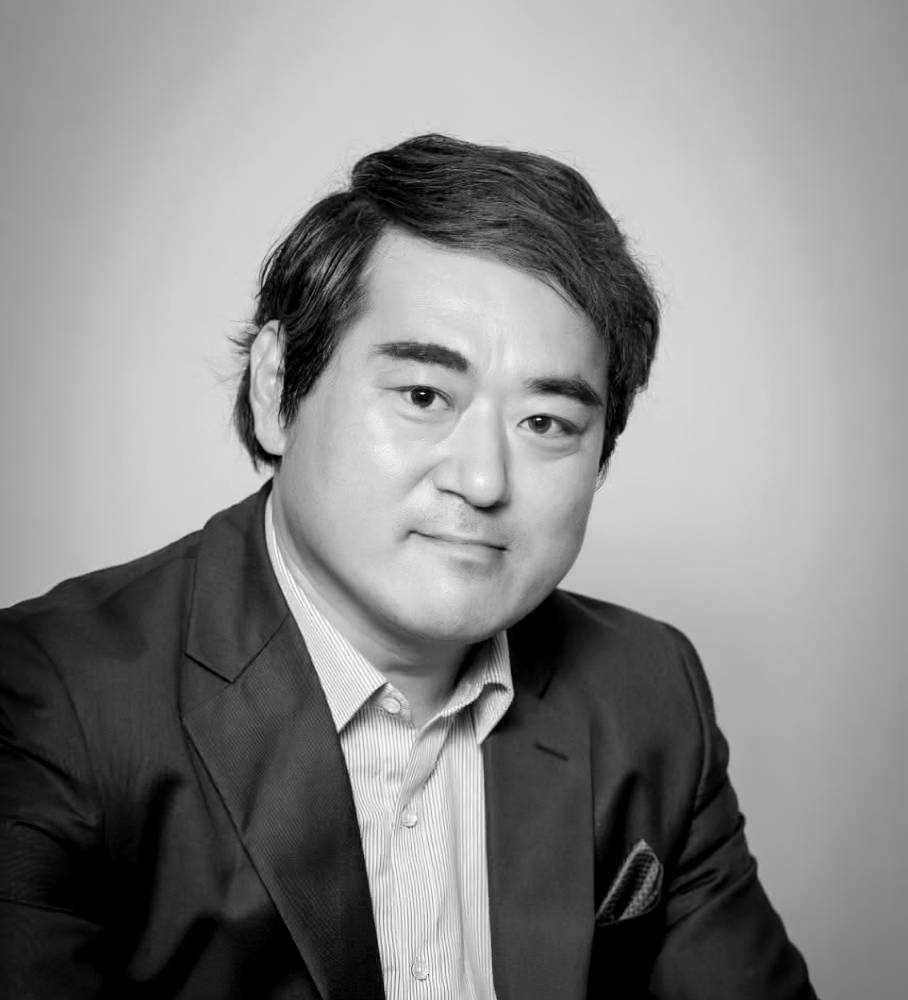
JongHwei (JongWhi) Park (Vakh)
📍South Korea
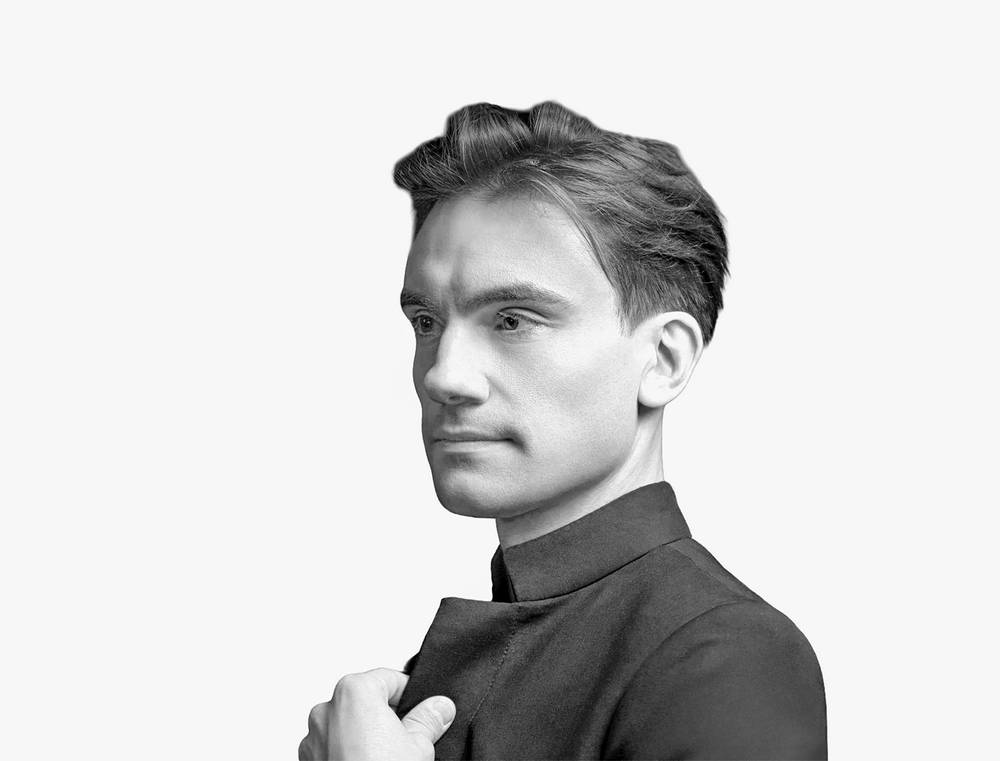
Pablo Devigo Vazquez
📍Spain
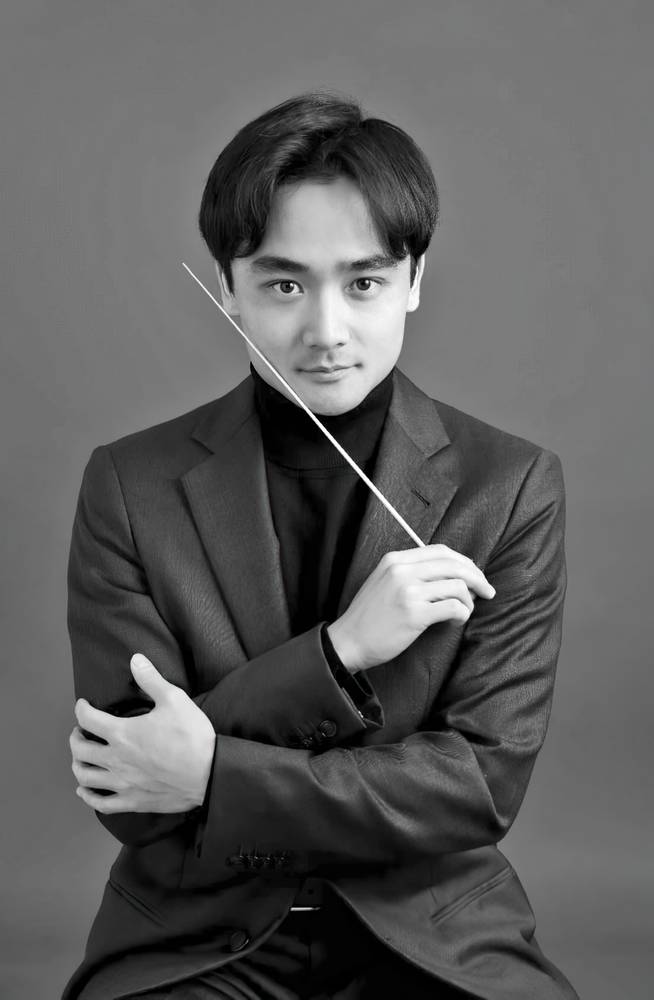
Sho Toyohira
📍Japan
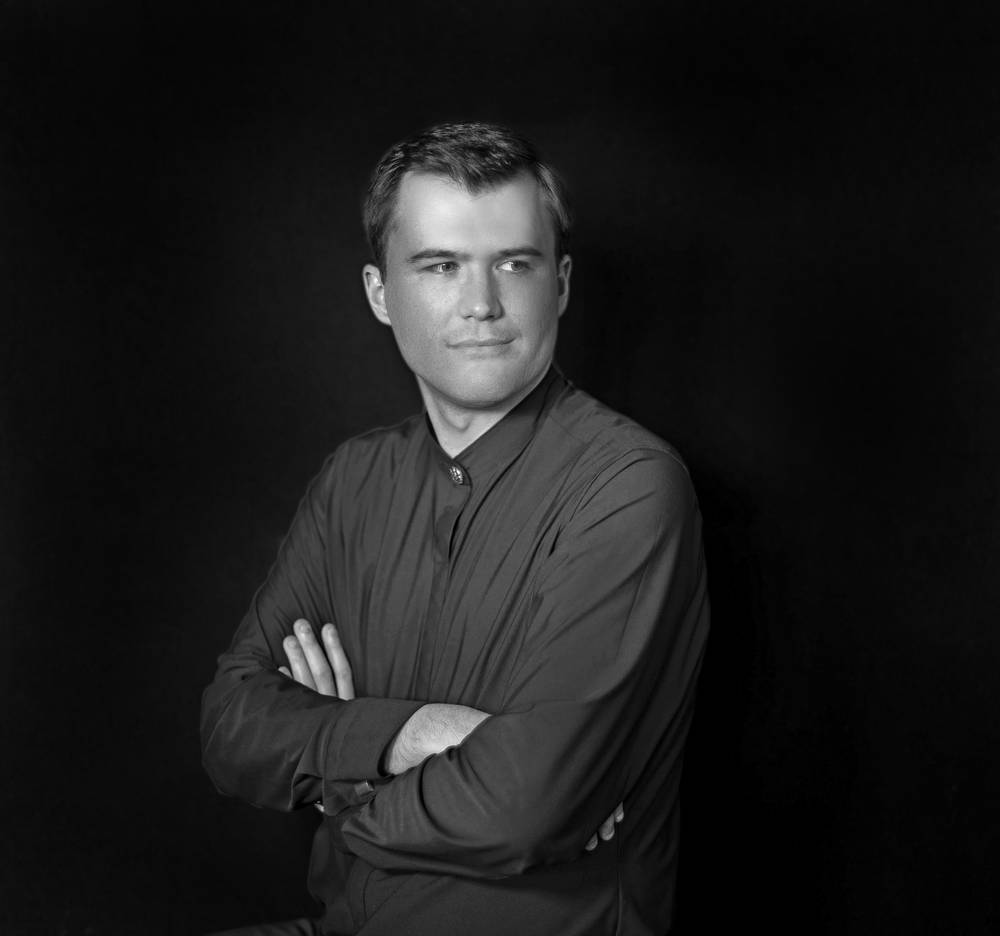
Nathan Blair
📍United States

Maksim Betekhtin
📍Russia
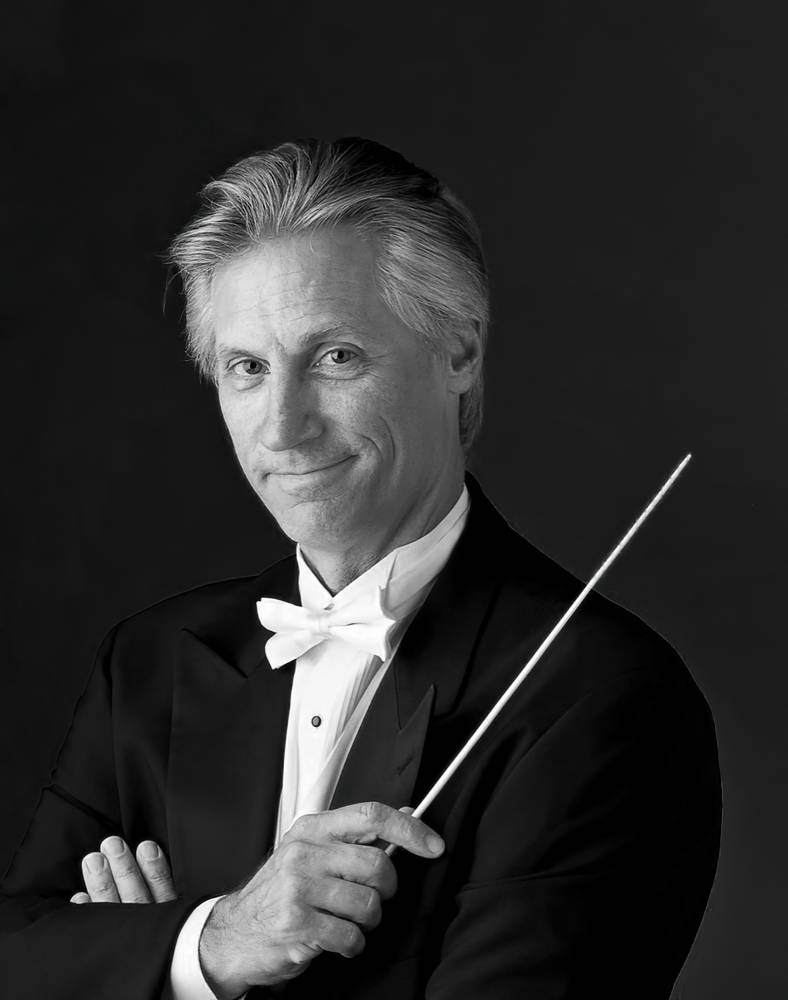
Wes Kenney
📍United States
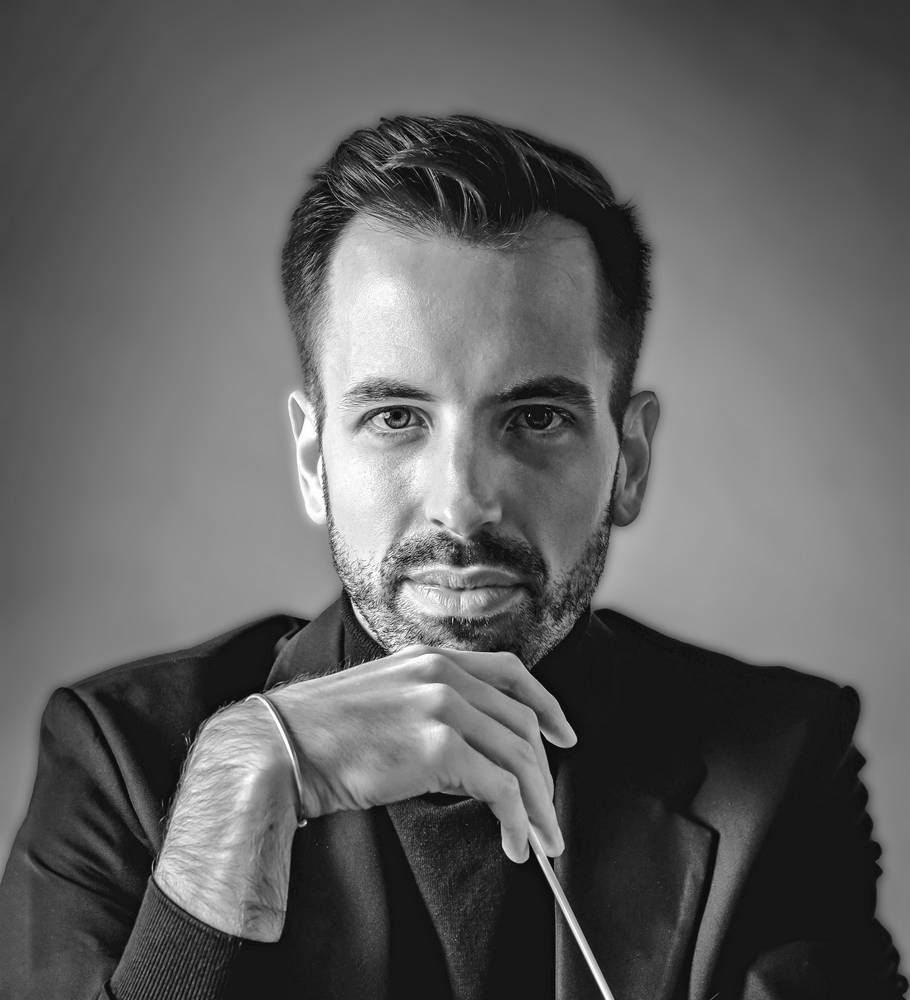
Miquel Bosch i Roca
📍Germany

Aleksei Mikhailenko
📍Austria
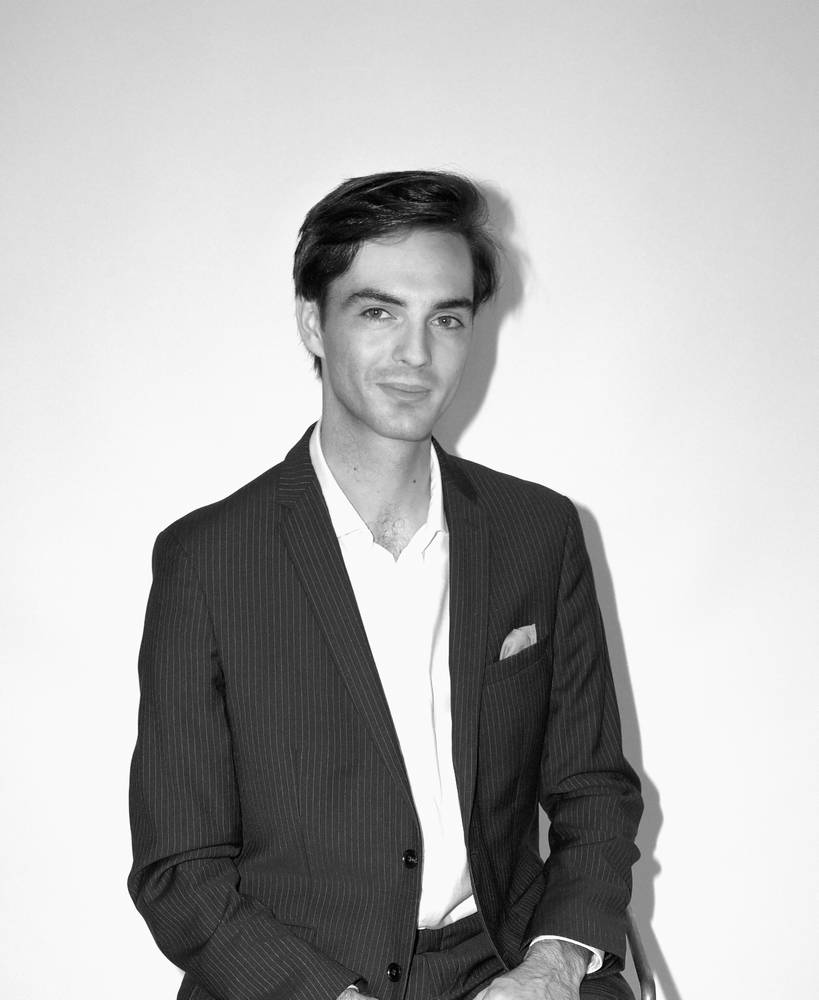
Florent Des Boscs
📍France

Ruijun Ma
📍Greece
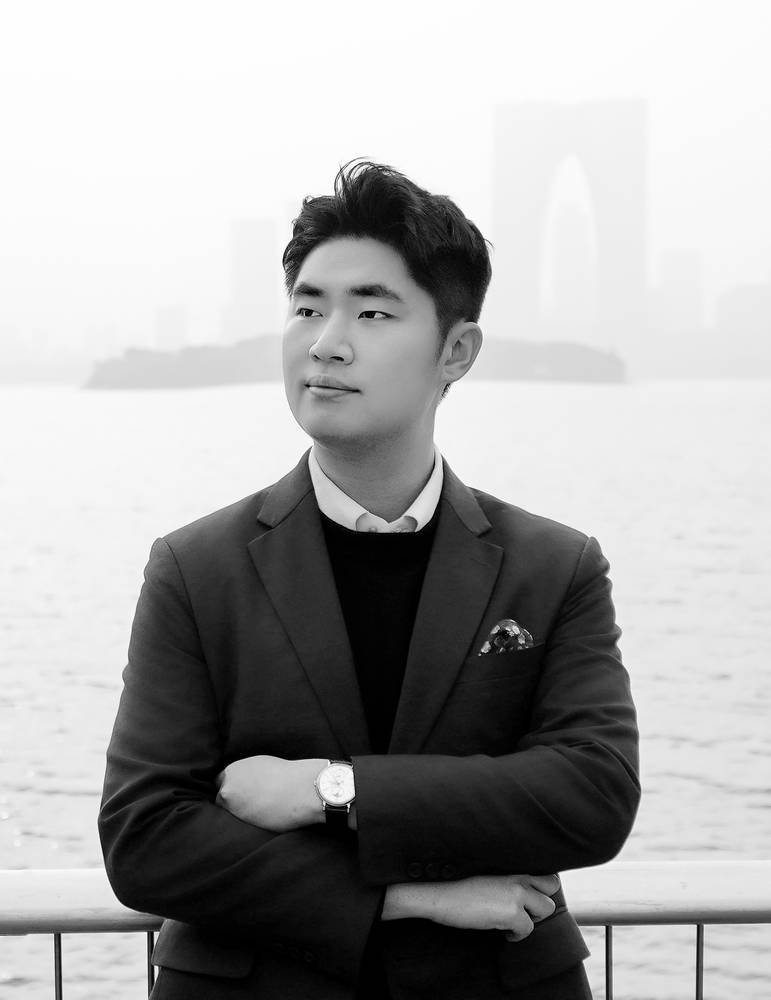
Feifan Jiang
📍Taiwan
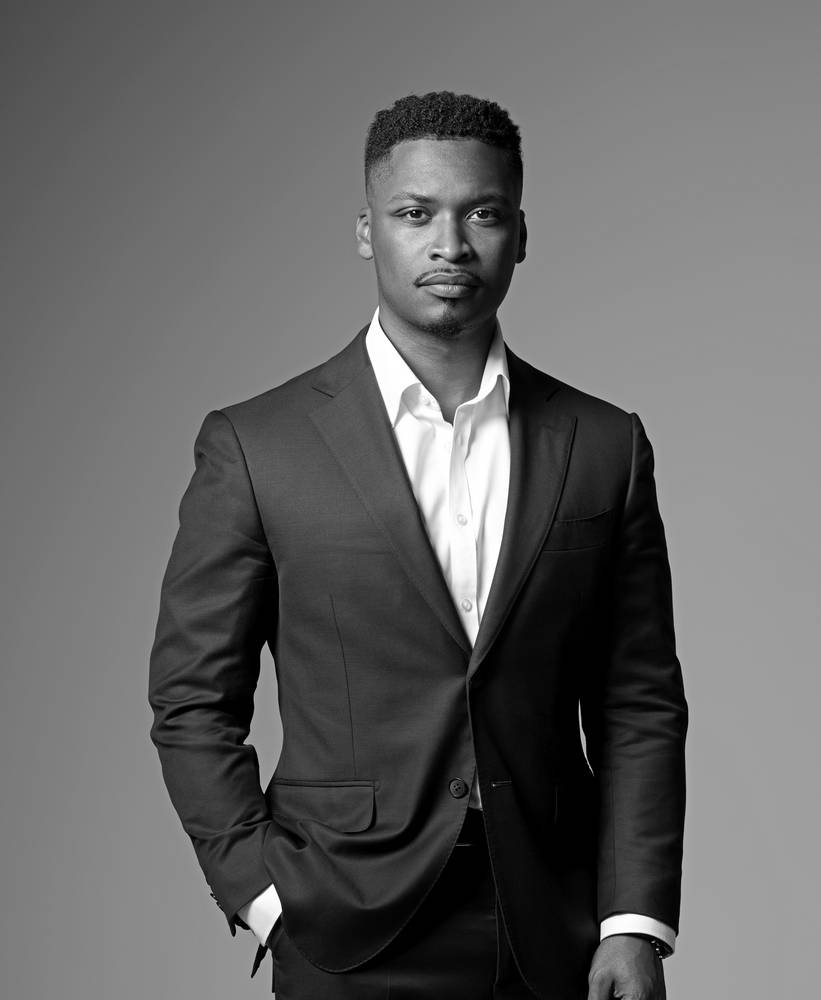
Tyrone Clinton
📍United States
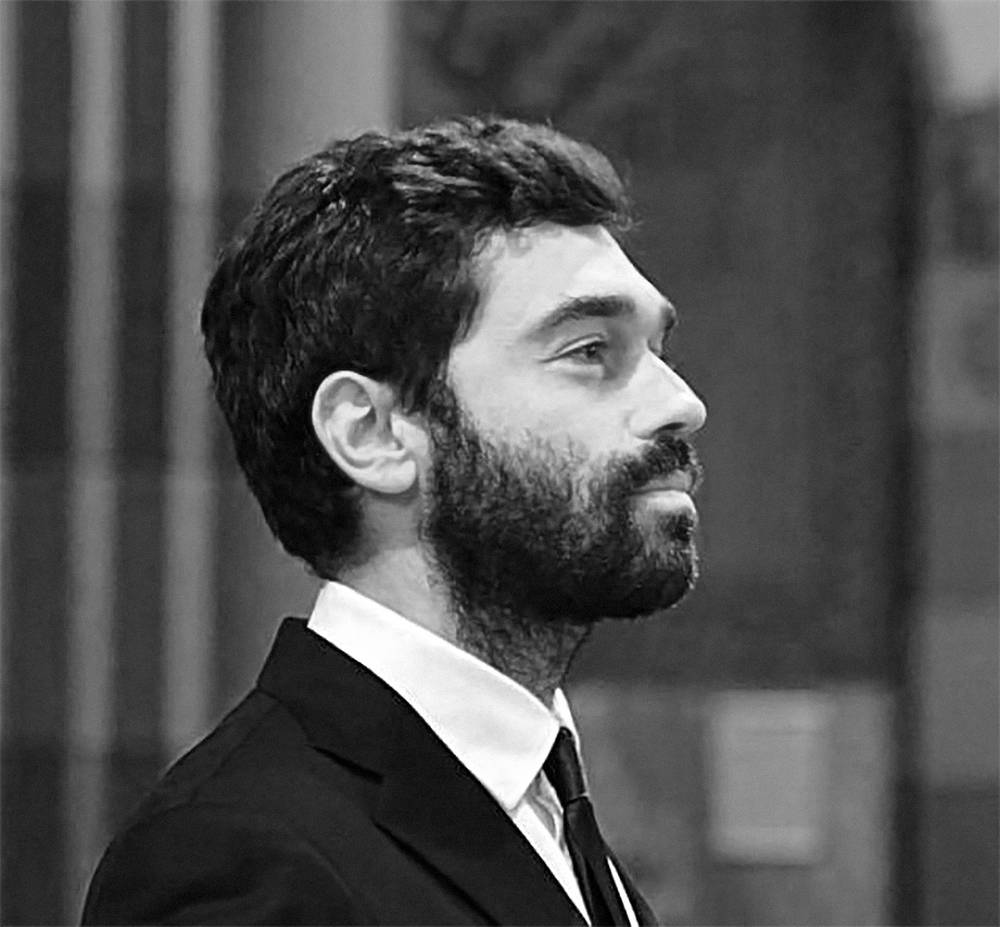
Dario Ribechi
📍Italy
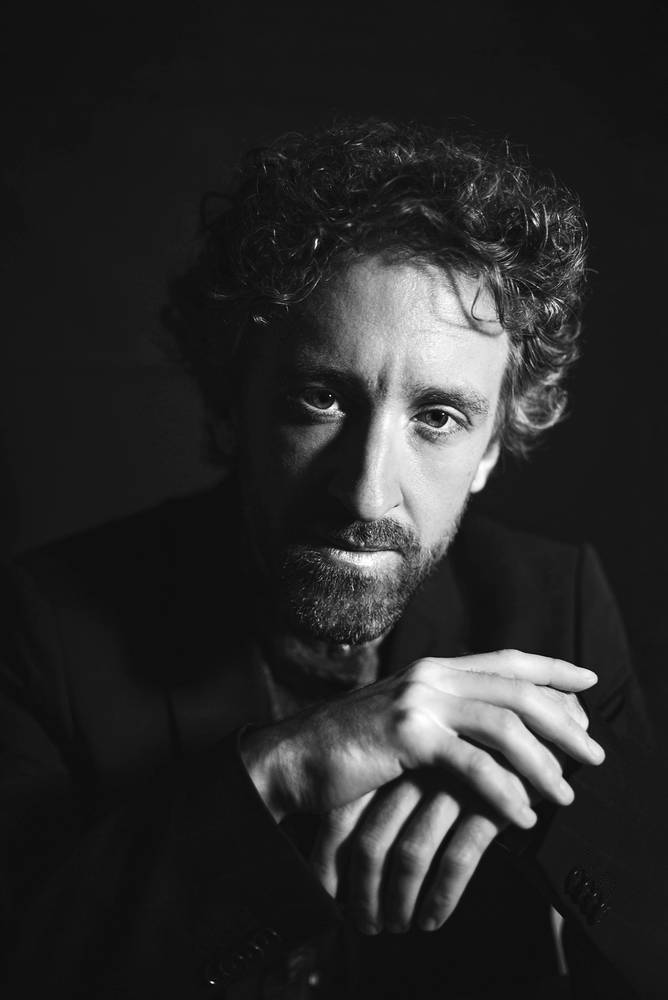
Tilen Draksler
📍Slovenia
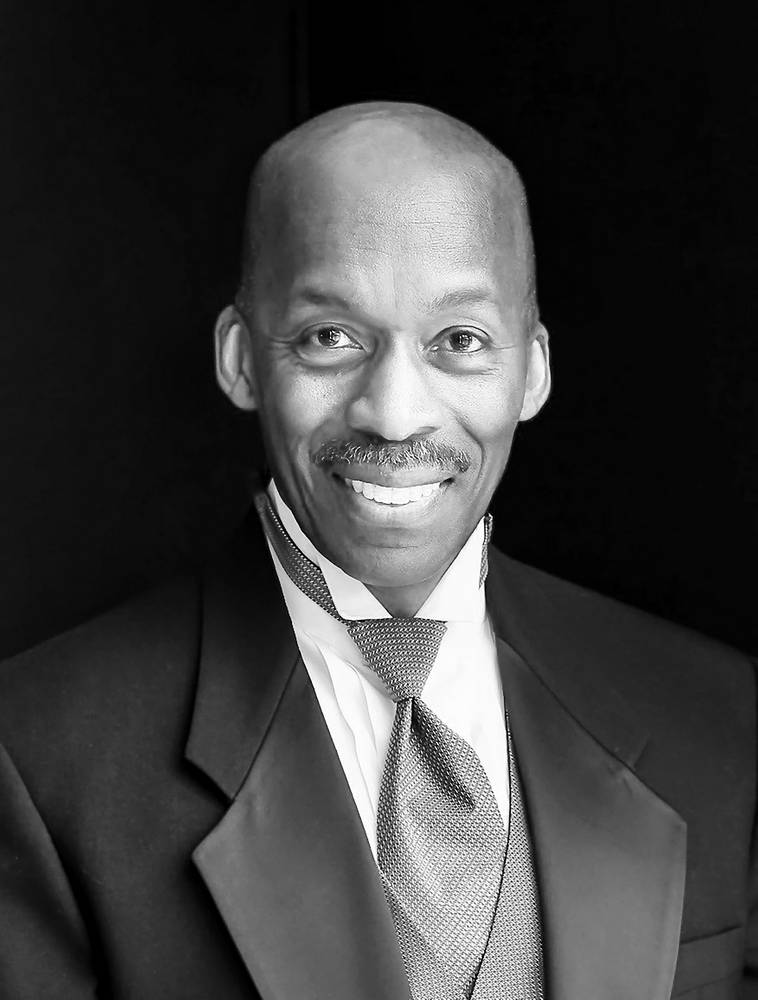
Harvey Felder
📍United States

Hyunsik Shin
📍Germany

Jonathan Raspiengeas
📍France

Ligia Amadio
📍Brazil

Donald Lee III
📍United States

Adam Sedlický
📍Slovakia

Nathaniel Meyer
📍United States
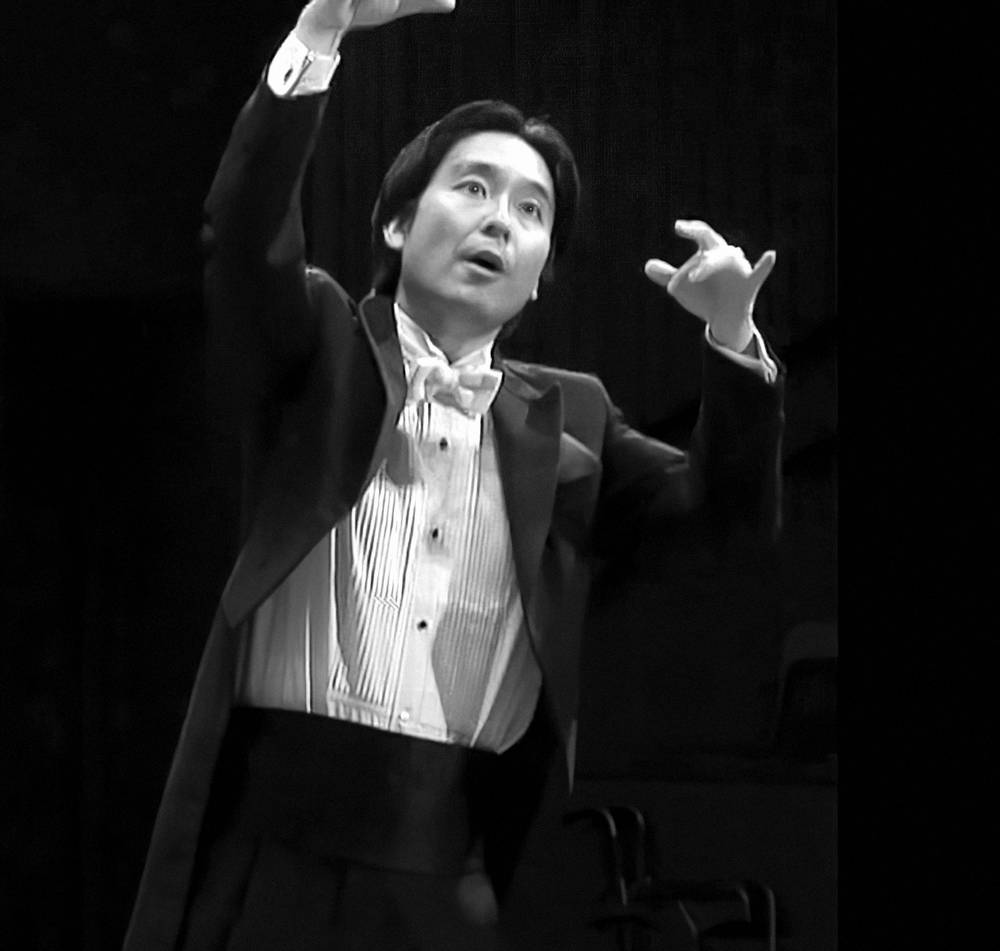
Hiroyuki Shimizu
📍Japan
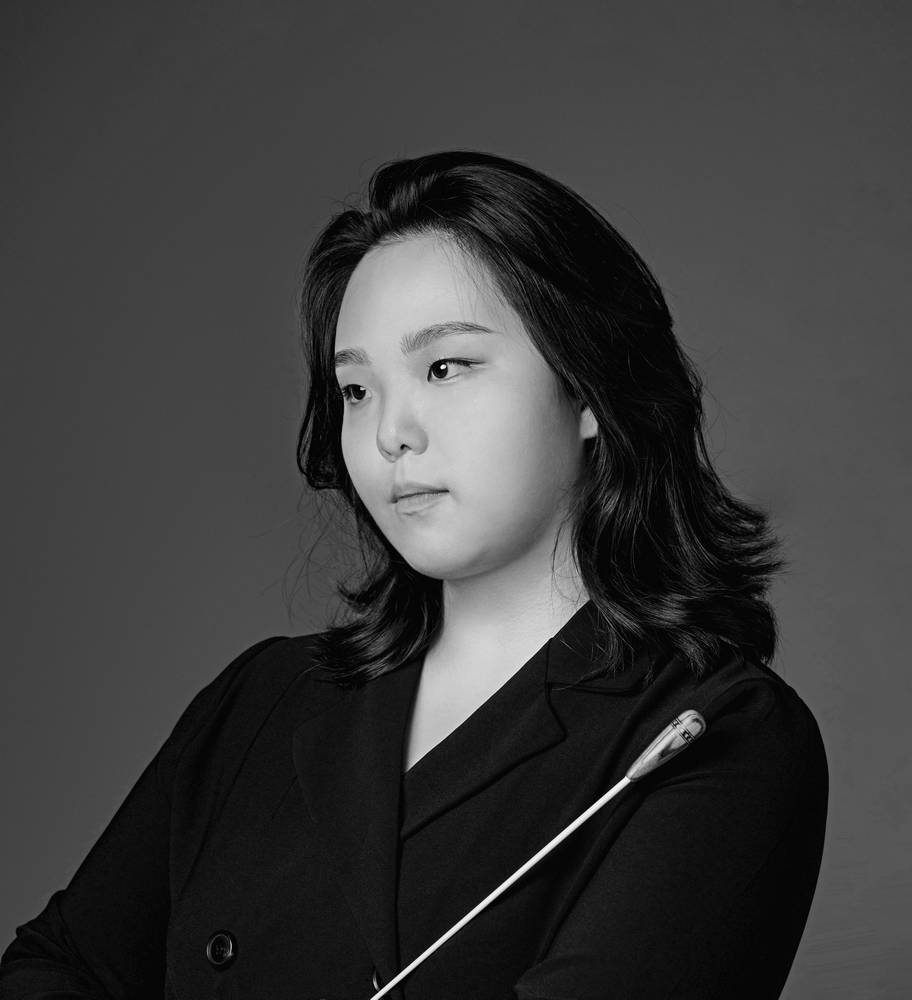
Jimin Han
📍Austria

Hirota Kanako
📍Japan
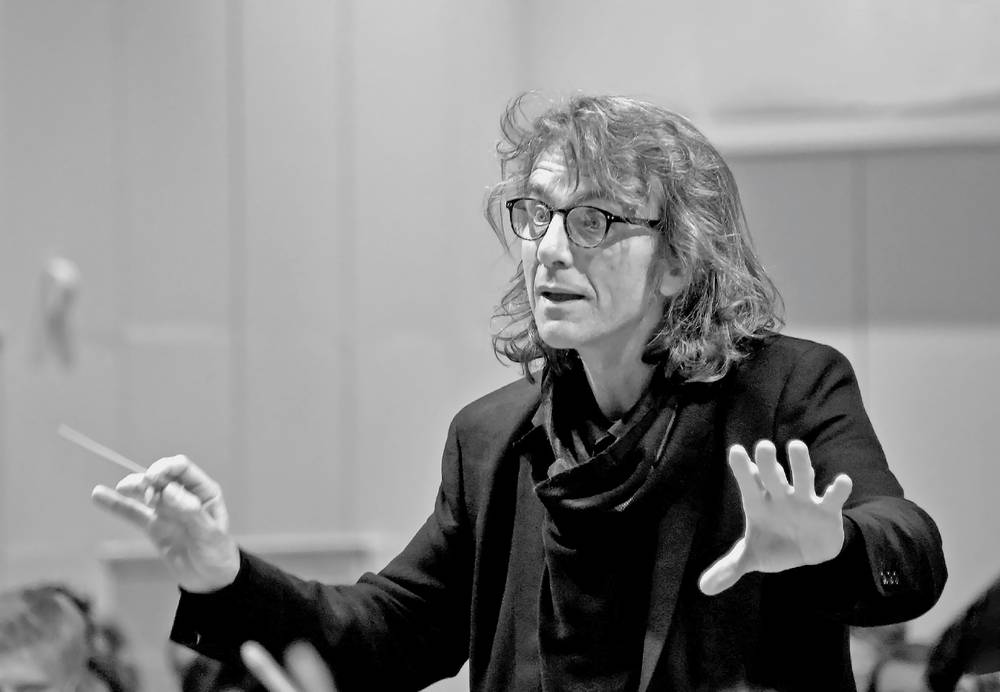
Lukas Wanner
📍Switzerland
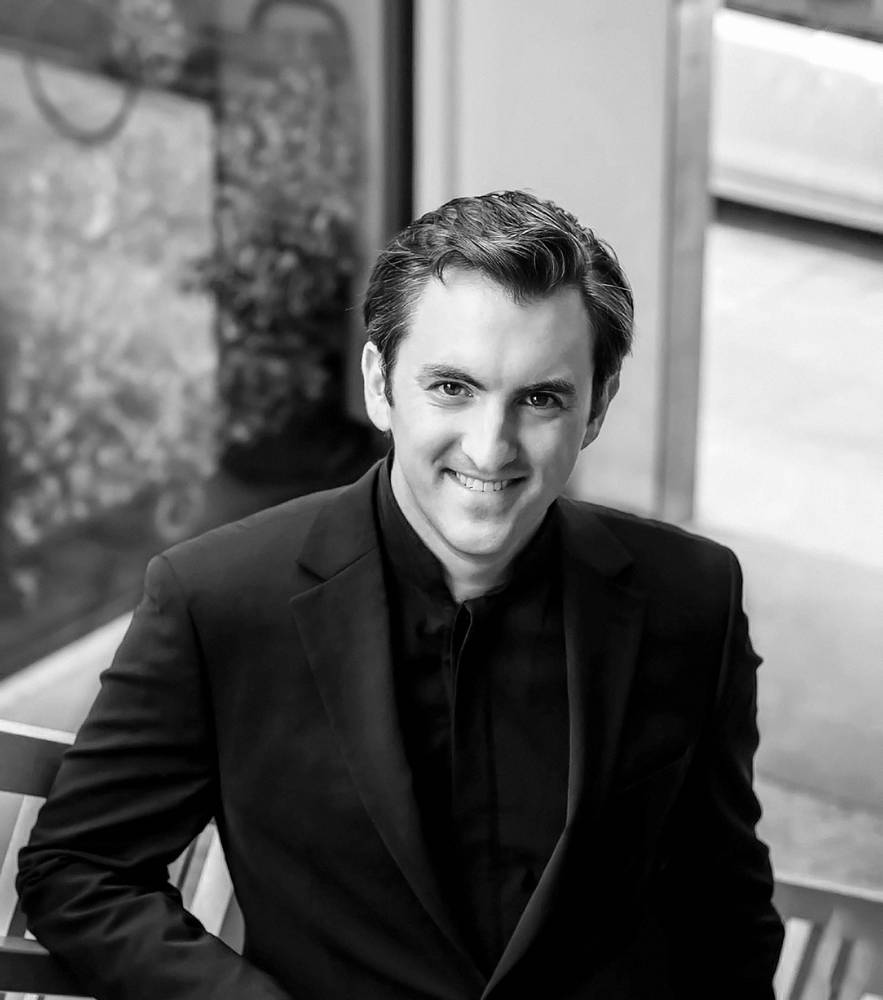
Joseph Bozich
📍United States

Iliya Reibarkh
📍Israel
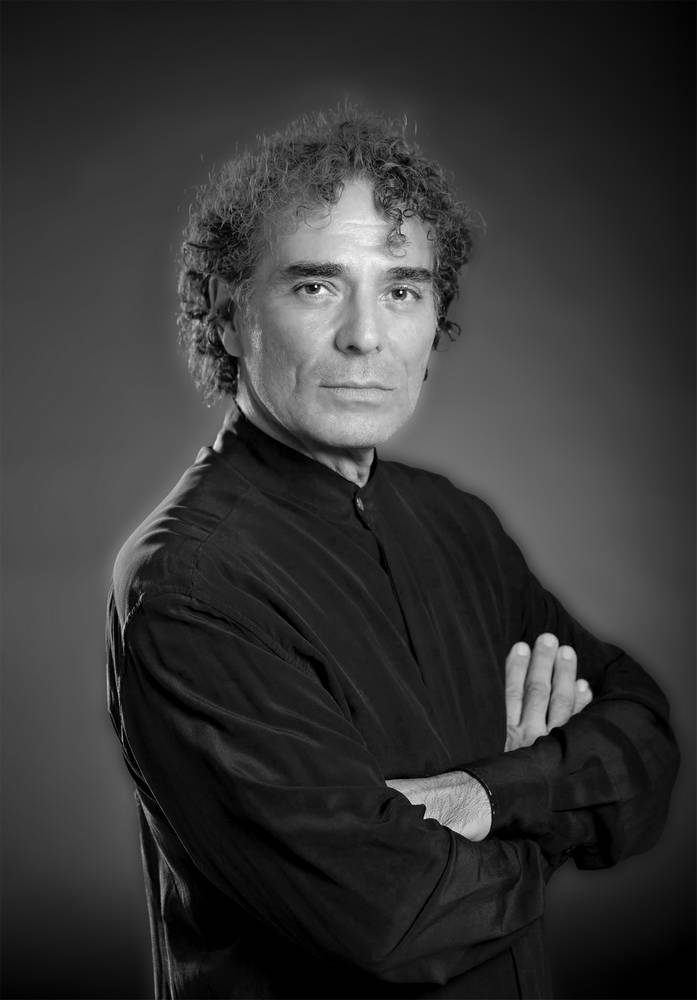
Noris Borgogelli
📍Italy
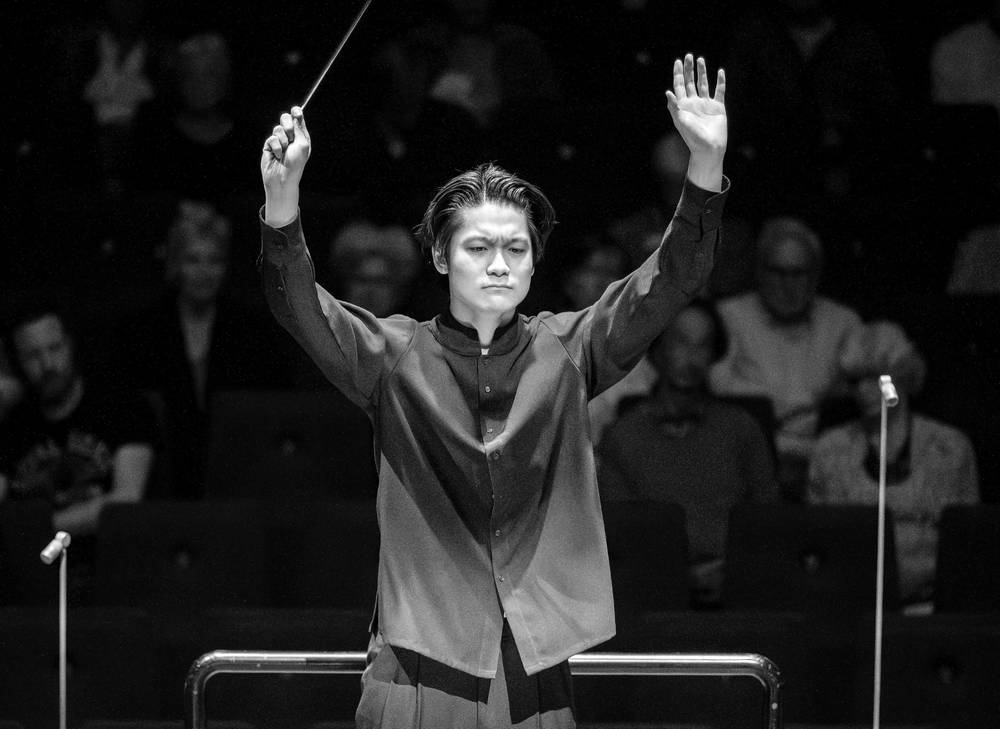
Yukuang Jin
📍China

Kārlis Rihards Ostrovskis
📍Latvia

Eran Reemy
📍Israel
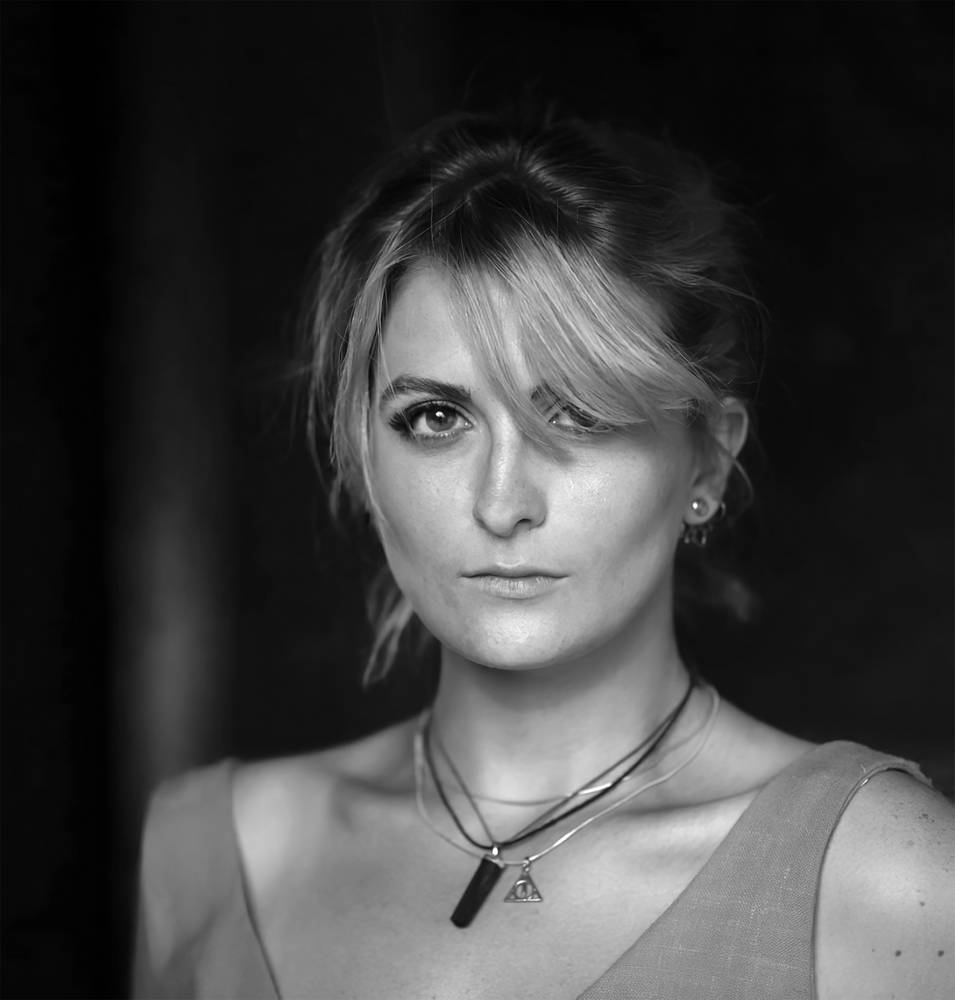
Clémence Le Gac
📍France
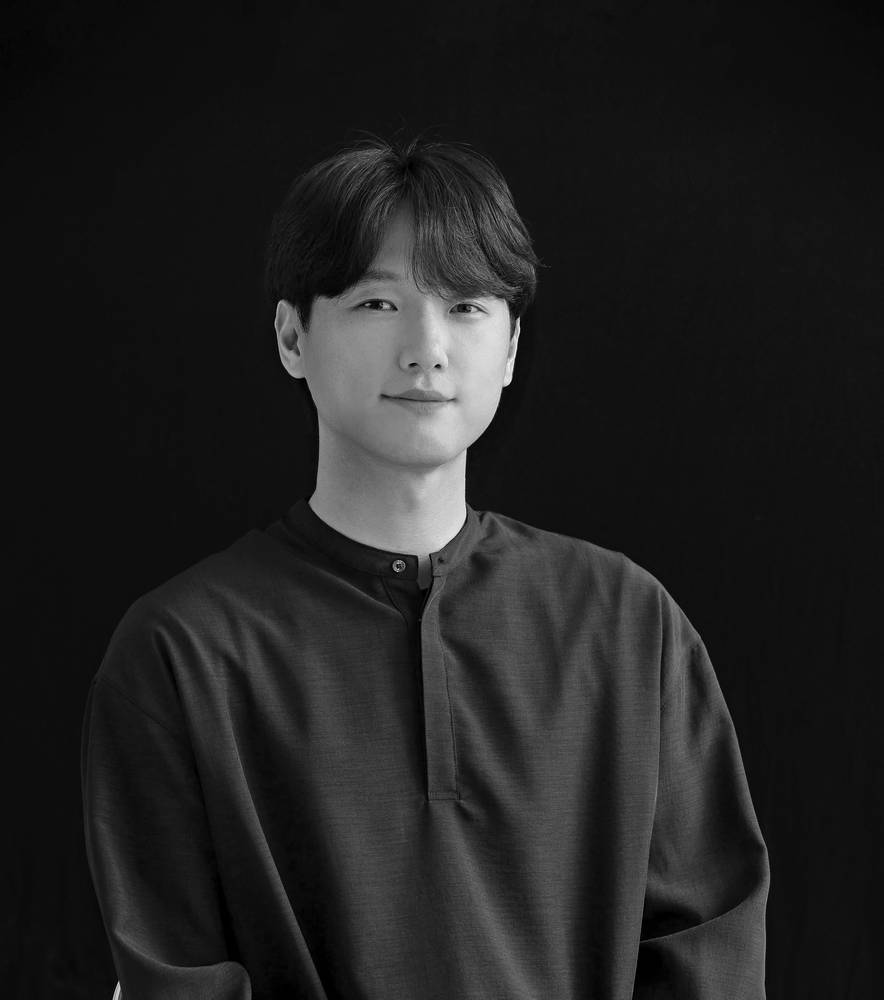
Jaehun Lee
📍South Korea

Seyedmohammad Amin Amel Ebrahimi
📍Netherlands

Ferdinando Sulla
📍Italy
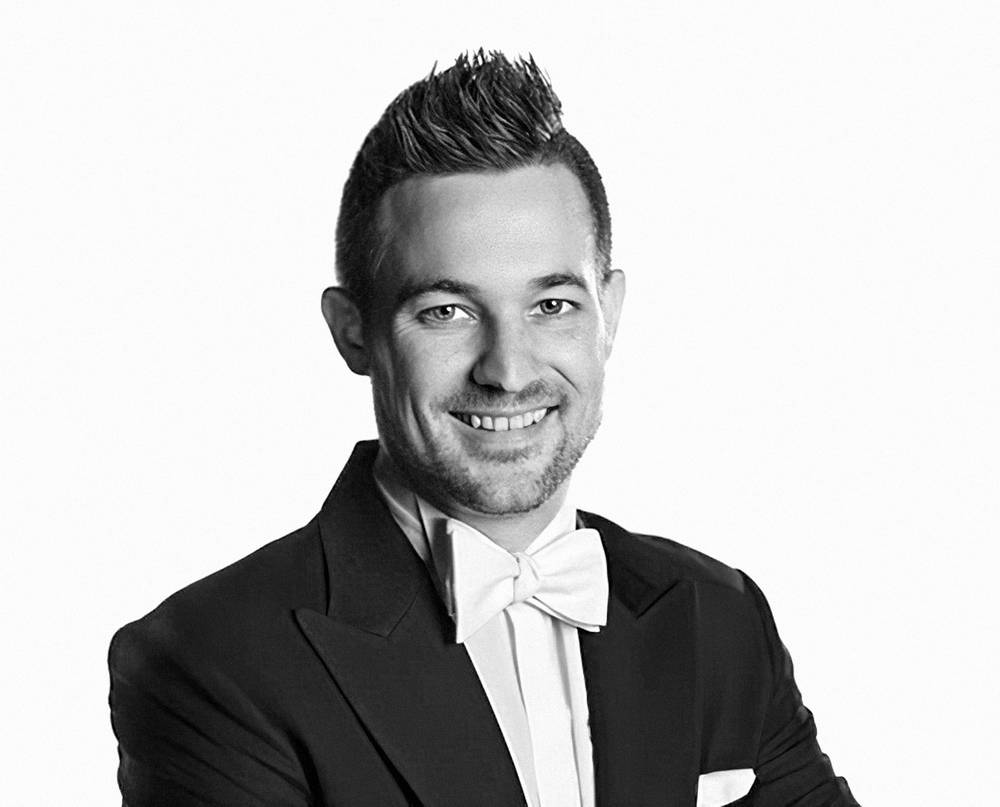
Benjamin Zwick
📍Switzerland
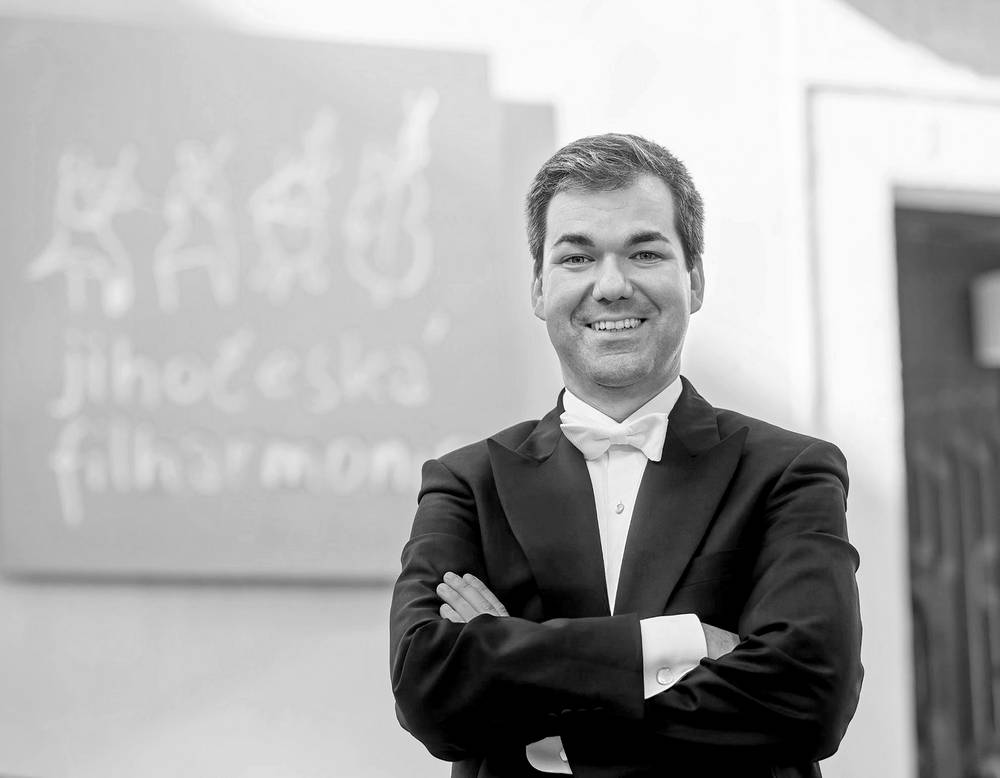
Miran Vaupotić
📍Croatia

Luke Pan
📍Germany

Dou Huang
📍Romania
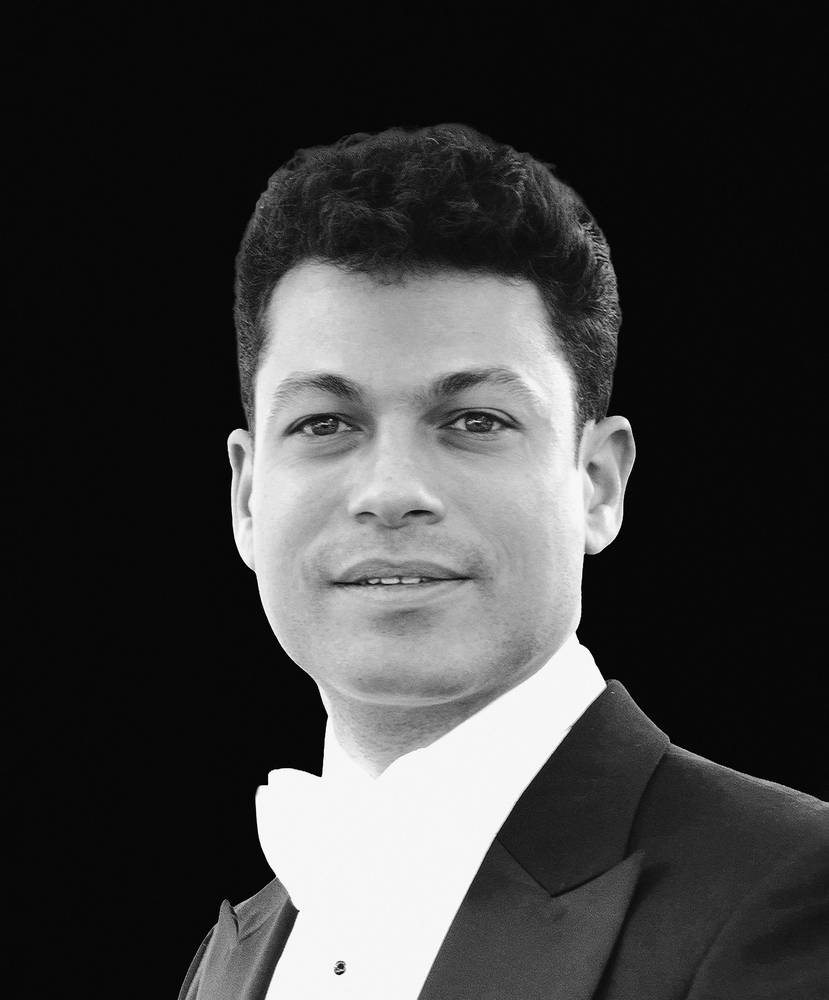
Dominic Grier
📍United Kingdom
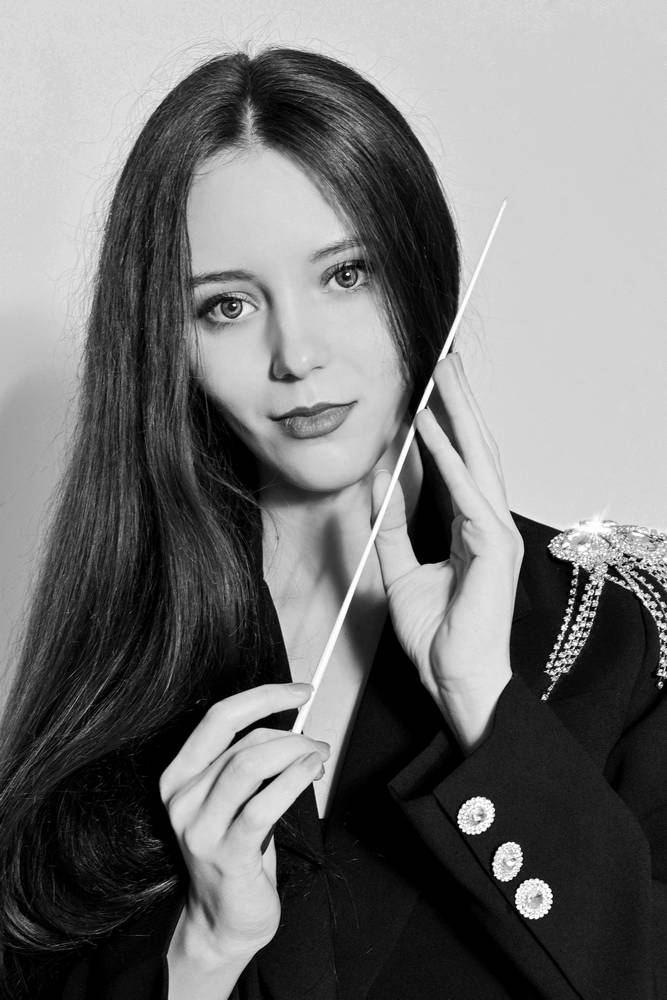
Anastasia Welt
📍Russia

Emanuele Quaranta
📍Italy
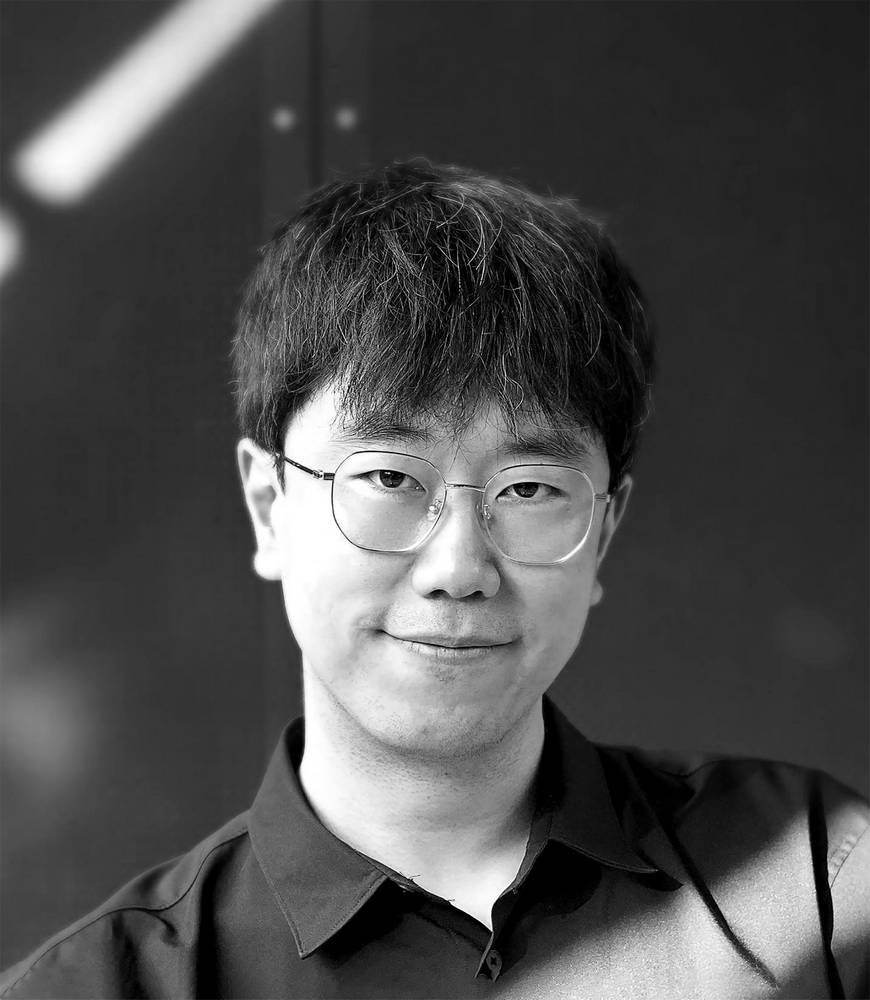
Xiaobo Hu
📍Germany

Sergey Akimov
📍United States
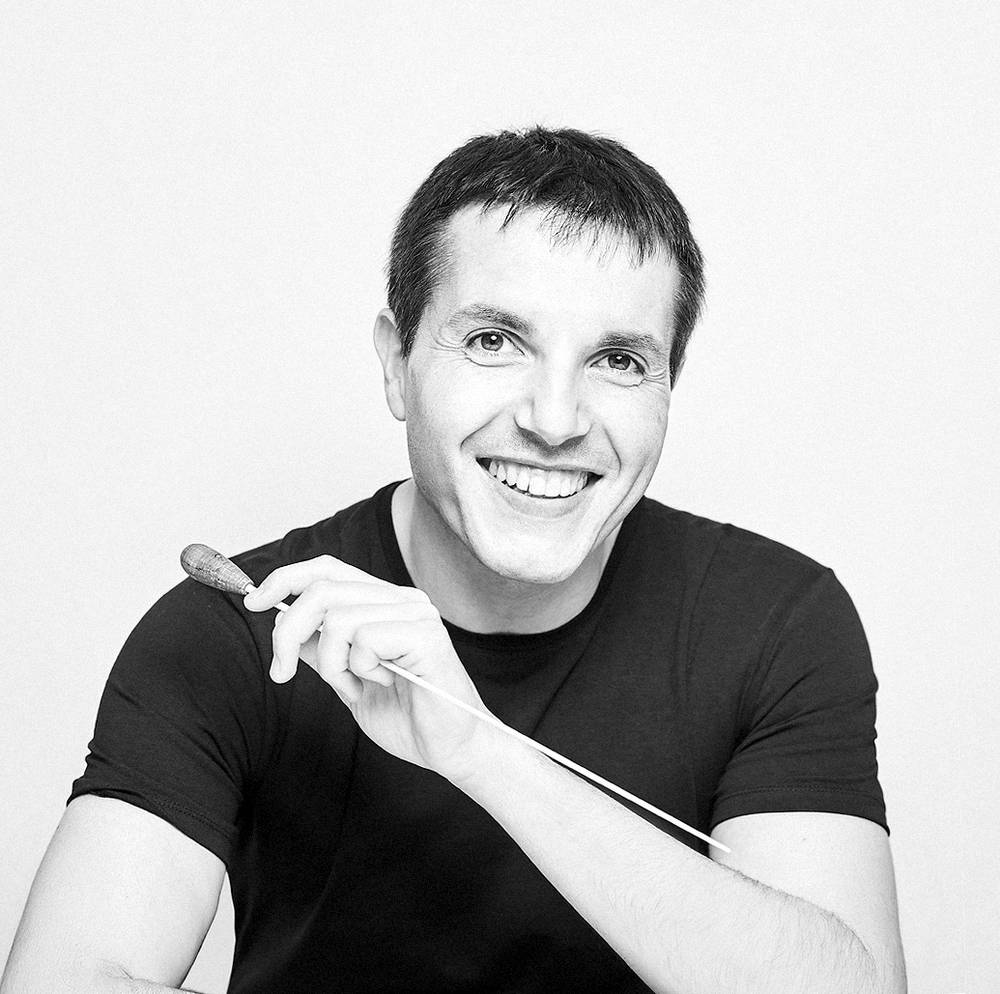
Francisco Valero-Terribas
📍Spain
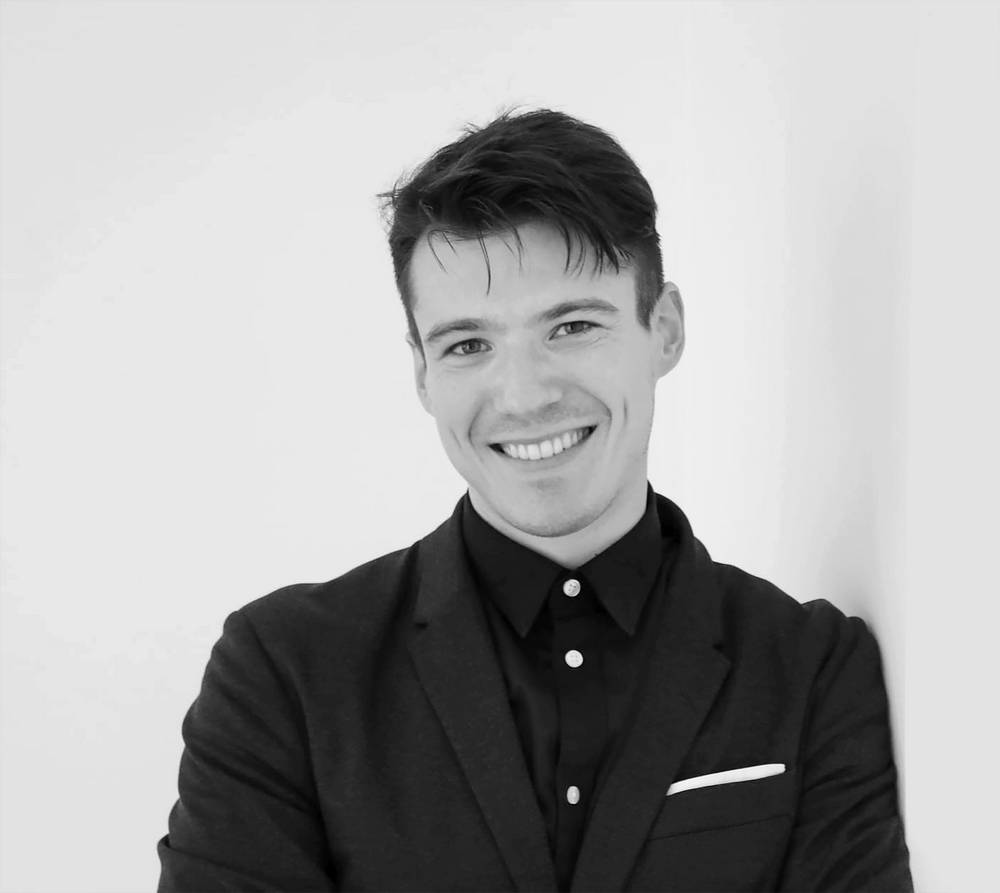
Andrej Vesel
📍Austria
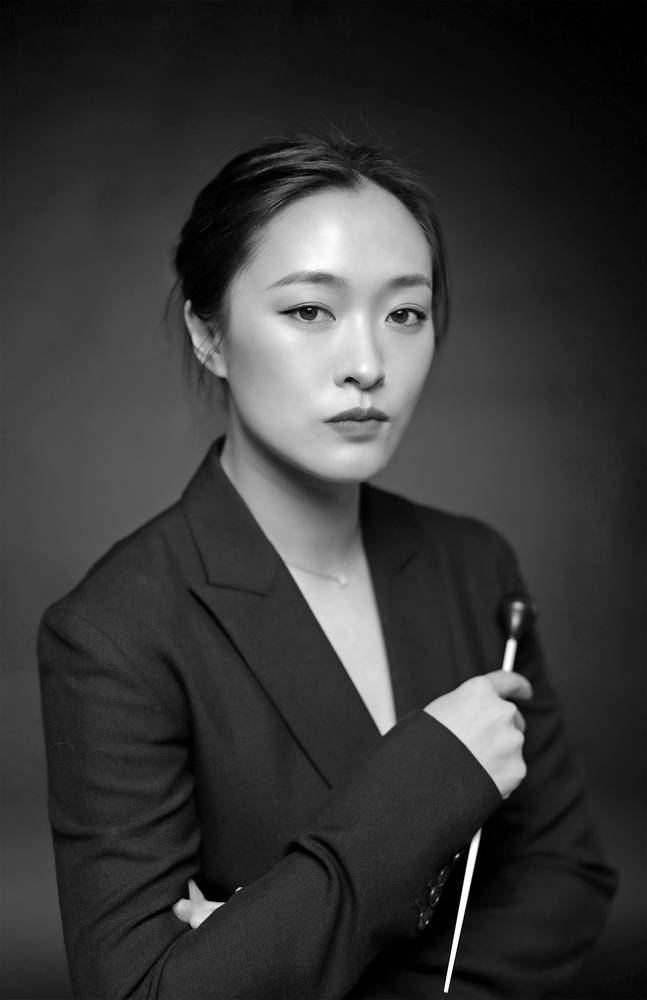
Kelly Lin
📍Canada

Félix Ardanaz
📍Spain

Derrick Morgan
📍United Kingdom
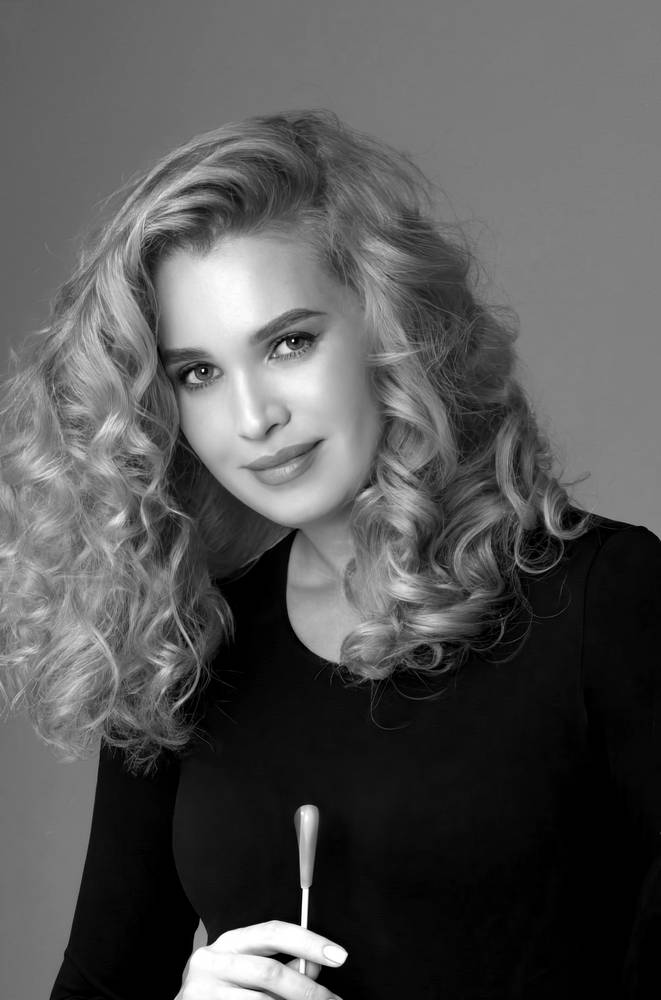
Oleksandra Korobka
📍Ukraine

Roberto Ramos
📍Brazil

Alvin Ho
📍Germany

Anar Bramo
📍Germany

Shilong Ye
📍Australia
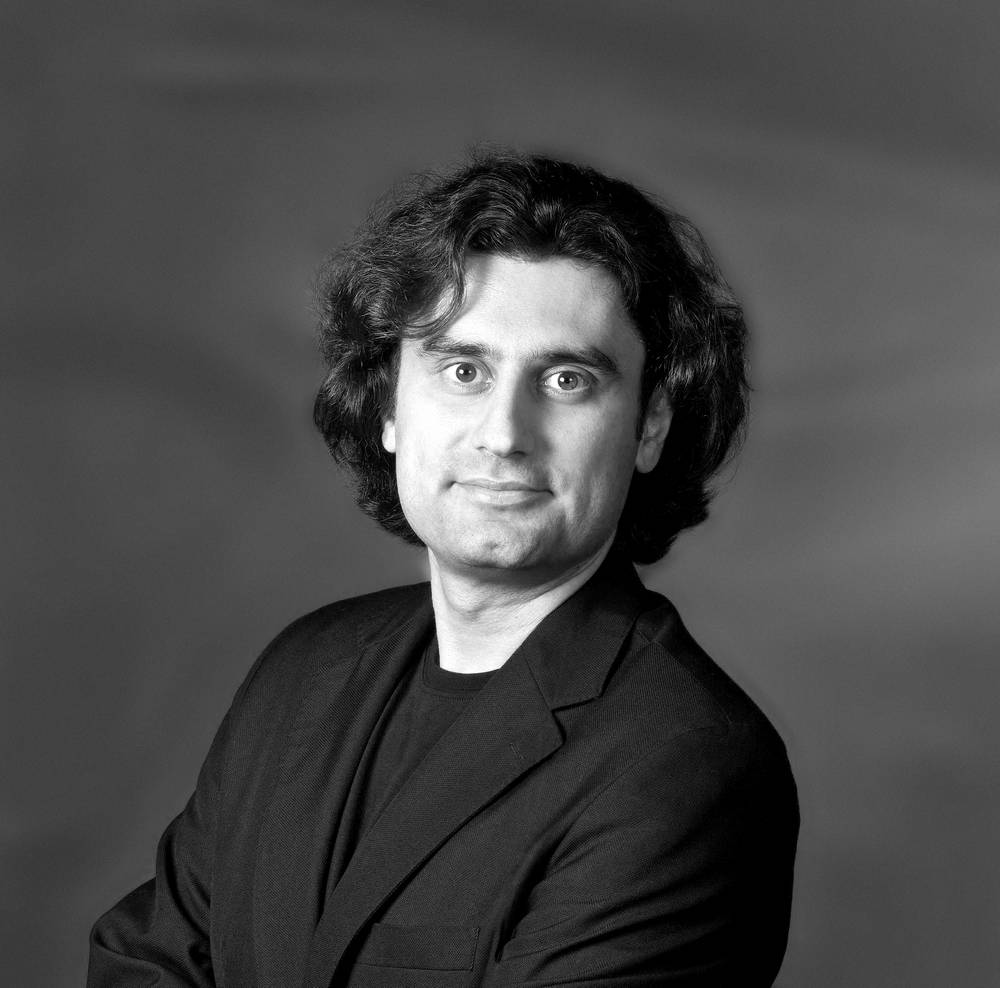
Mihnea Ignat
📍Romania

Brian Liao
📍France

Vanessa Benelli Mosell
📍Italy
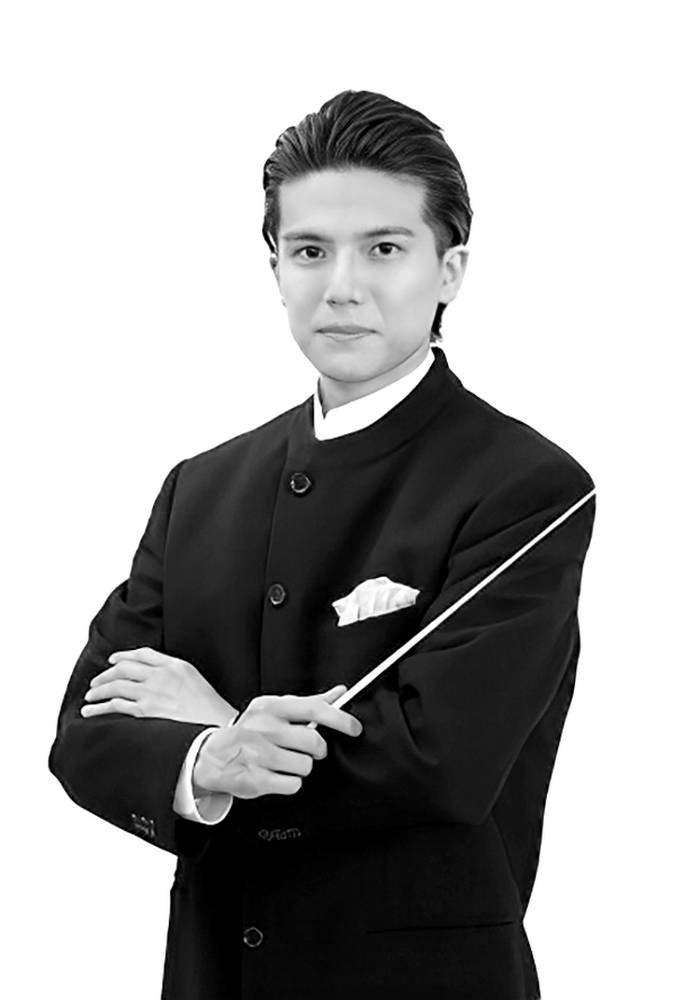
Yuya Ishikawa
📍Japan
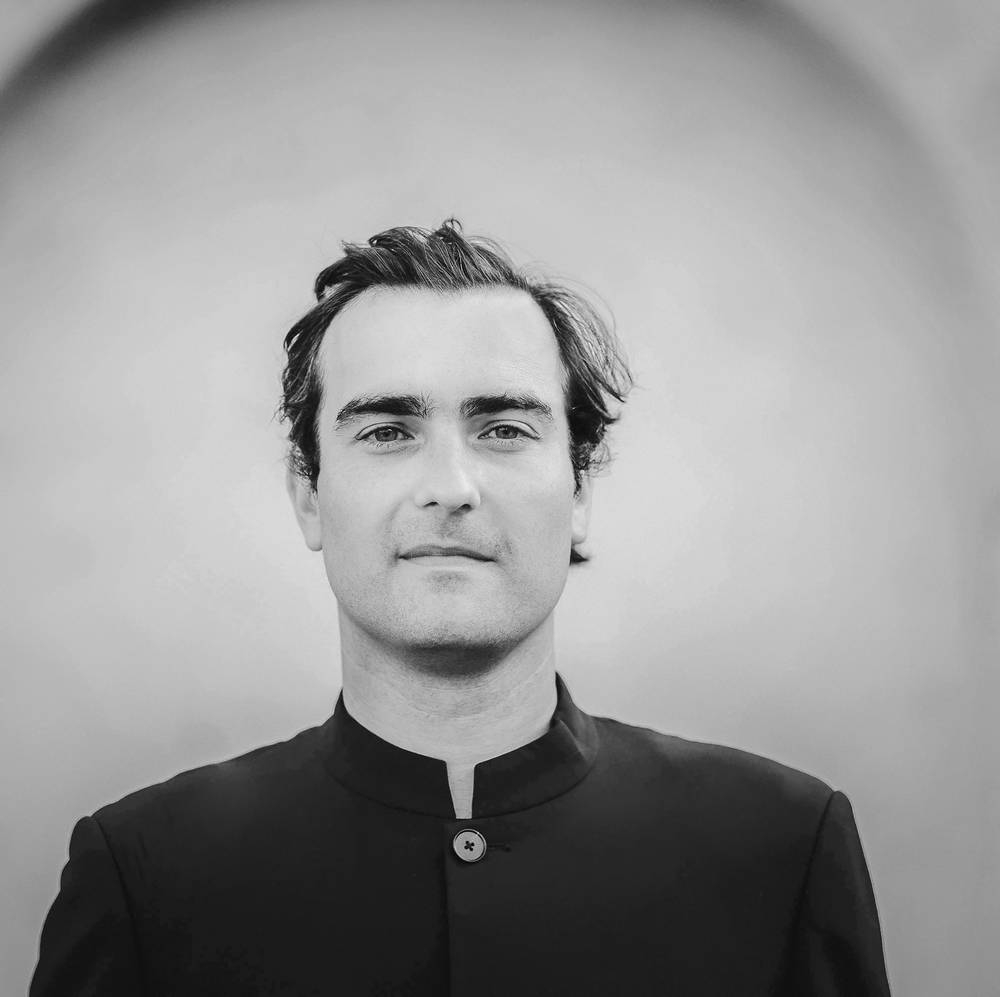
Davorin Mori
📍Austria

Misha Shekhtman
📍United Kingdom

How to reach Szeged
GEOGRAPHY
Szeged is located in the very south of Hungary, close to the Serbian and Romanian borders — approximately a 2-hour drive (ca. 180 km) from Budapest.
AIRPORTS OF HUNGARY
There are two international airports in Hungary: Budapest Ferenc Liszt International Airport (BUD) and Debrecen International Airport (DEB). The Hévíz–Balaton Airport (SOB) has limited international connections.
We strongly recommend flying via Budapest Ferenc Liszt International Airport for the most convenient connection to Szeged.
The best hubs when flying from the United States to Budapest are Frankfurt, Copenhagen, Warsaw, Munich, and Vienna.
The best hubs when flying to Budapest from China, Japan, and Korea are Frankfurt, Vienna, Doha, Istanbul, and Dubai.
COMING BY LAND FROM ROMANIA AND SERBIA
Hungary is a member of the EU and the Schengen Area.
Romania is part of the EU but not fully integrated into the Schengen Area. Passport and customs control are required at land borders, including those with Hungary. Border crossing point: Nagylak – Nădlac I (M43 / A1).
Nearest international airports in Romania: Arad International Airport (ARW), Timișoara Traian Vuia International Airport (TSR), Oradea International Airport (OMR).
Serbia is outside both the EU and Schengen — full passport and customs checks apply. Border crossing point: Röszke – Horgoš. Nearest international airport in Serbia: Belgrade Nikola Tesla Airport (BEG).
PUBLIC TRANSIT GUIDE
Trains are an easy, affordable, and direct way to reach Szeged with no transfers required.
Route 1 (starting at the Budapest Airport): Ferihegy Station (Ferihegy vasútállomás) ⟶ SZEGED
Take a taxi, Bolt, Uber, or Bus 200E from the airport to Ferihegy Train Station (Ferihegyi Repülőtérre vezető út, 1185 Budapest). Board a direct train to Szeged. Note: Train stops are brief — be ready to board quickly! Travel time: 2h 04m – 2h 26m.
Route 2 (you are in Budapest): Budapest-Nyugati Station (Budapest-Nyugati pályaudvar) ⟶ SZEGED
Take a direct train to Szeged from Budapest-Nyugati station (Teréz körút 55, 1062 Budapest). Travel time: 2h 26m – 2h 47m.
The address of Szeged Railway Station (Szeged pályaudvar) is Indóház tér 2, 6725 Szeged.
Tickets: https://www.mavcsoport.hu/en or via the MÁV mobile app (available in English and Hungarian).
For your safety, we recommend purchasing tickets only through official MÁV channels.

All rounds with full orchestra

All rounds of the Live Phase of the II International Ferenc Fricsay Conducting Competition will feature a full symphony orchestra on stage — a valued collaboration with the Hungarian National Symphony Orchestra Szeged that we are especially proud to present.
The Hungarian National Symphony Orchestra Szeged is the leading symphonic ensemble in South-East Hungary. Its origins date back to the 18th century, with the first opera performance in Szeged taking place in 1790. Since then, the city has continuously supported a group of professional instrumentalists.
In 1919, the orchestra was formally established as part of the Szeged Philharmonic Association. Among its principal conductors was Ferenc Fricsay, who led the ensemble from 1934 to 1944 and played a key role in shaping its artistic direction.
In the 1940s, the orchestra worked with several notable guest conductors, including Willem Mengelberg, Erich Kleiber, and Pietro Mascagni, who conducted a performance of his Cavalleria rusticana.
The orchestra remains active today, continuing its work as a cultural institution with a long-standing tradition.

Application to the II IFFCC is now open
We are pleased to announce that applications are now open for the II International Ferenc Fricsay Conducting Competition (IFFCC), held in partnership with the Hungarian National Symphony Orchestra Szeged.
The deadline for applications is 13.07.2025.
Take the podium!
